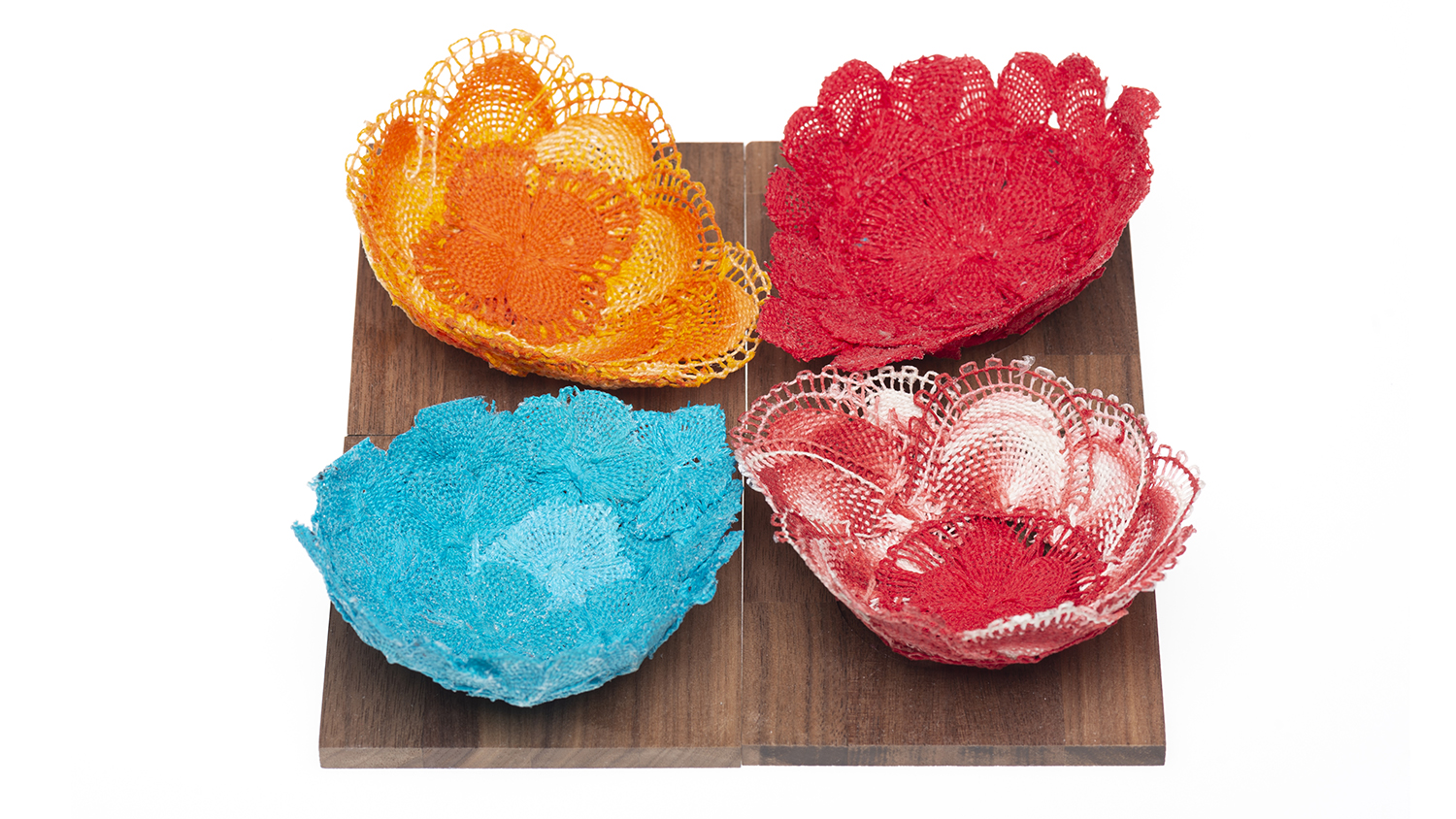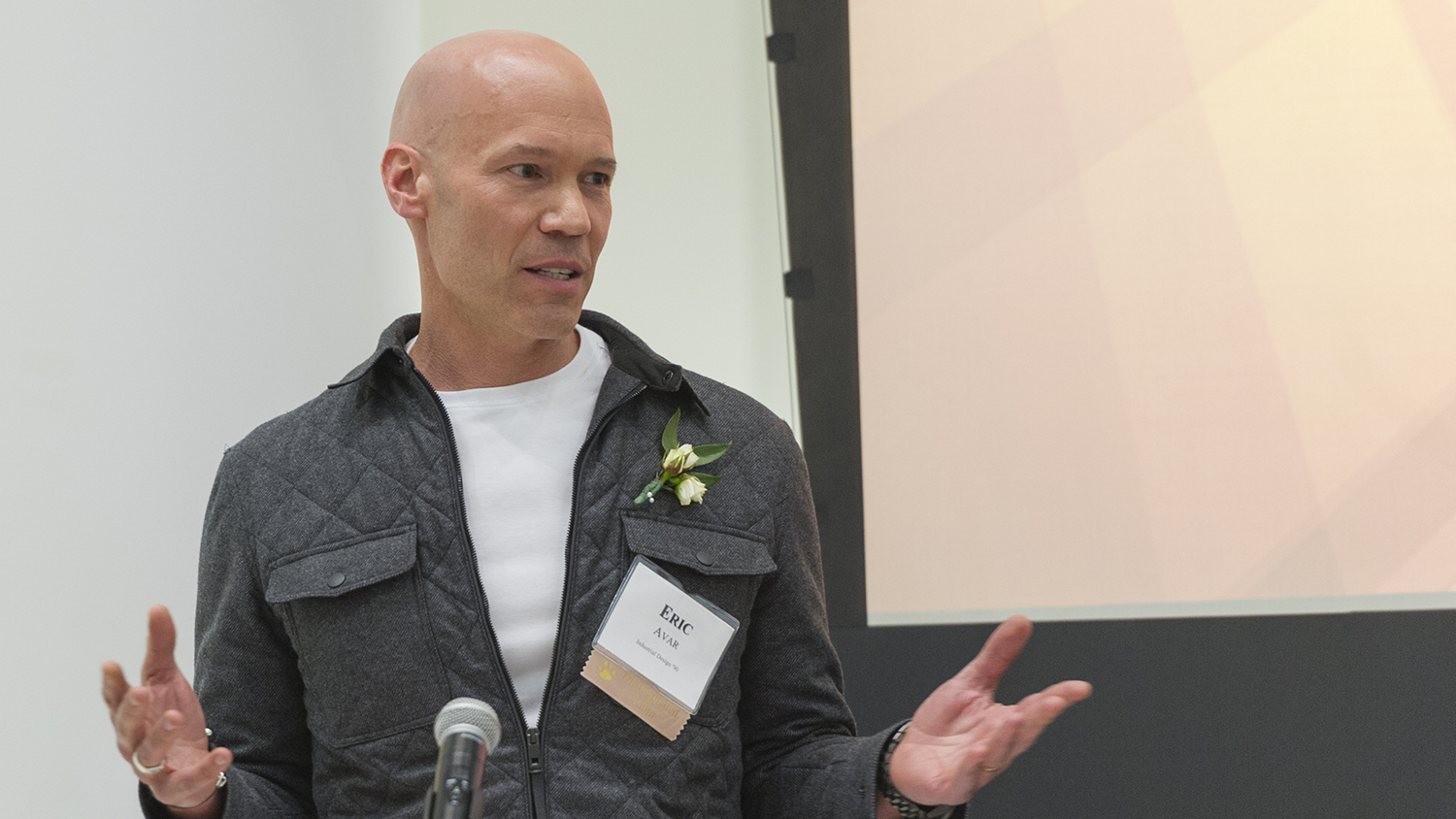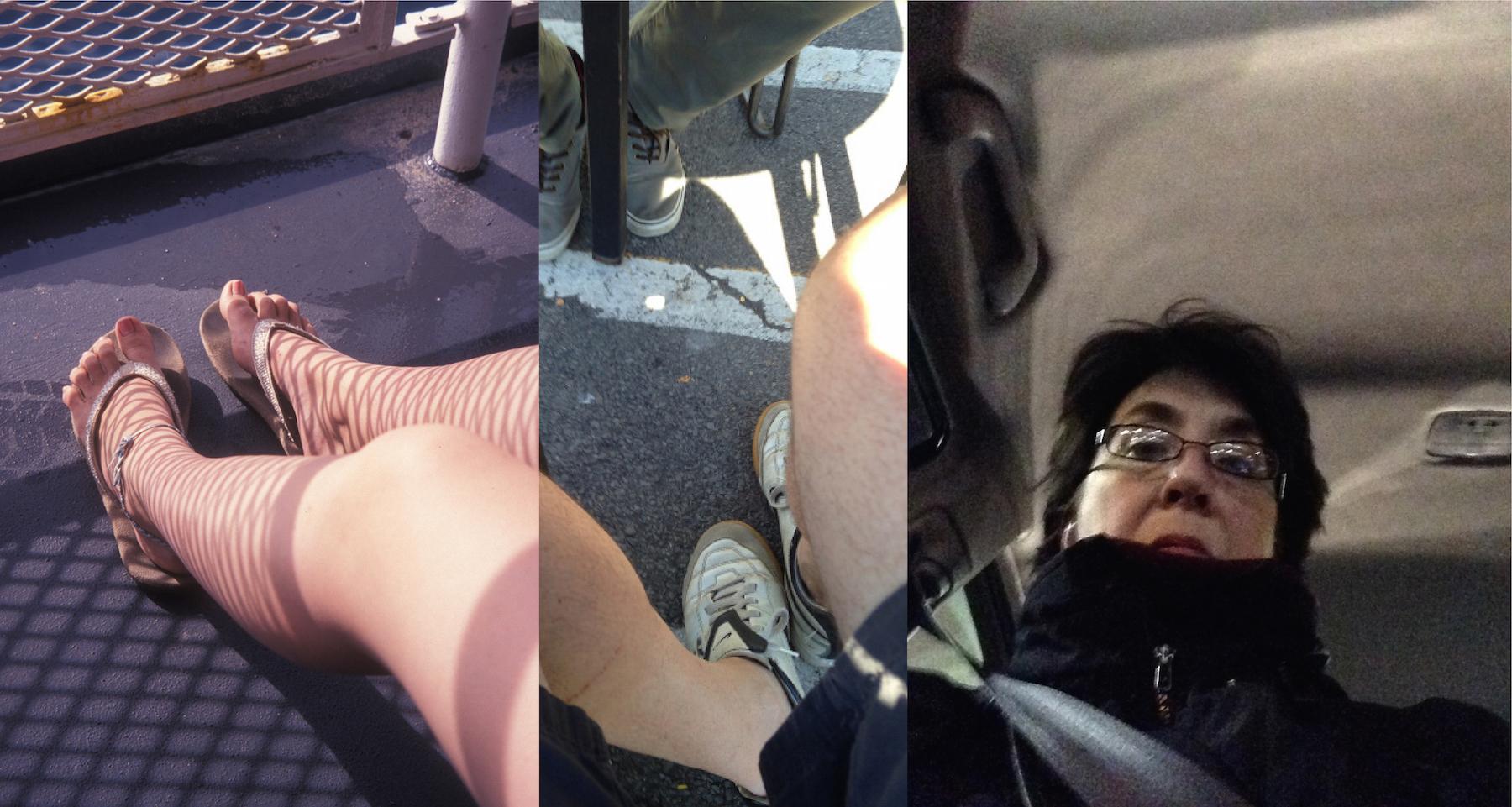2015 Invited Workshop, Lessac France
2015 is the 25th anniversary of the Boisbuchet workshop program.
On this special occasion and in tune with the Boisbuchet team
spirit, the season’s overall subject is ‘Design and the Community’
led by the best of past workshop tutors and a selection of today’s
most influential creative minds.
Josh Owen was invited to lead an exclusive project developed in conjunction with the Corning Museum of Glass’s mobile Glasslab in this immersive 19th Century French estate one-week workshop, which provides a unique opportunity for exploring the endless creative possibilities that glass-making offers within its own strict constraints.
The "Contradiction and Connectivity" workshop invests in a culture that respects the past and builds for the future, pursuing research into a sustainable relationship between the natural and the man-made and offering a creative environment for people of all cultures to share. While finding their own way of dealing with a material, the participants experience the fascinating contradictions of the hard and the liquid, the cold and the hot, the primal and precious.
A vessel for sound. A vessel for liquid. A vessel for light. Or something else? Considering the surrounding landscape, the participants are asked to build and unbuild, to explore its intersections, its architectonics its natural features, and to see how natural details, contextual phenomena and man-made interventions frame features and events. The vessel design relates to a specific feature or location on the grounds of Boisbuchet, and performs a social function: it must creates community in small or large ways.
Photography: Angelica Sanchez

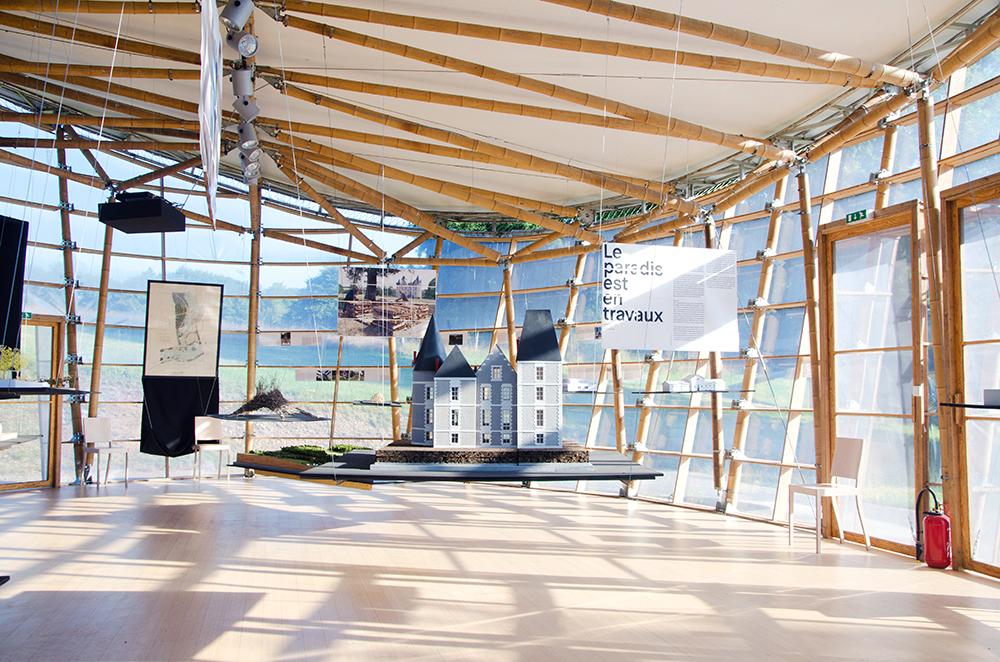
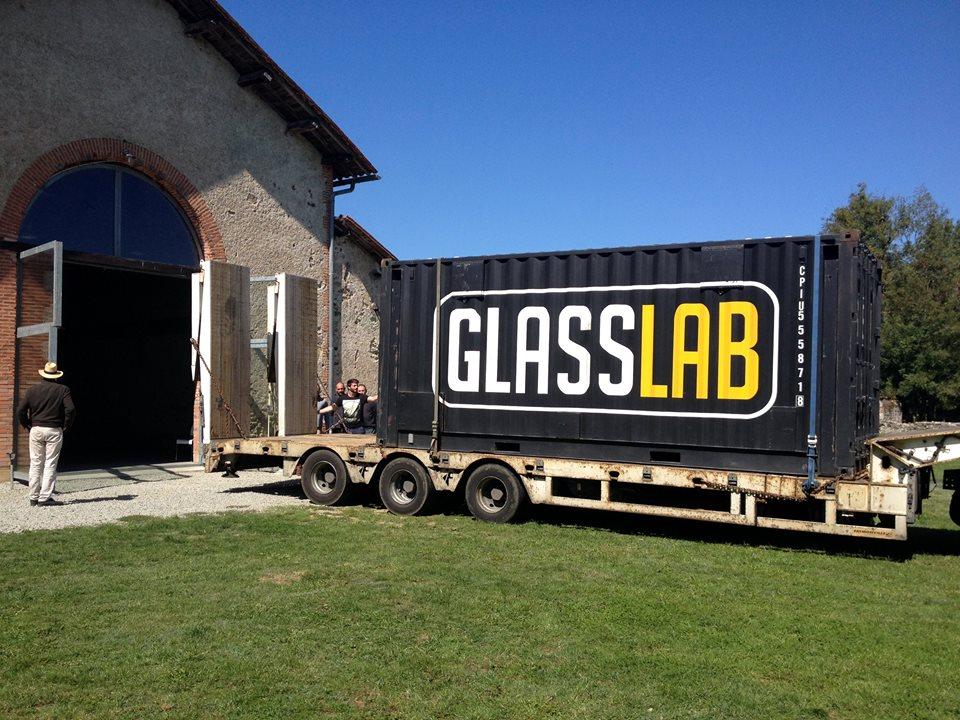
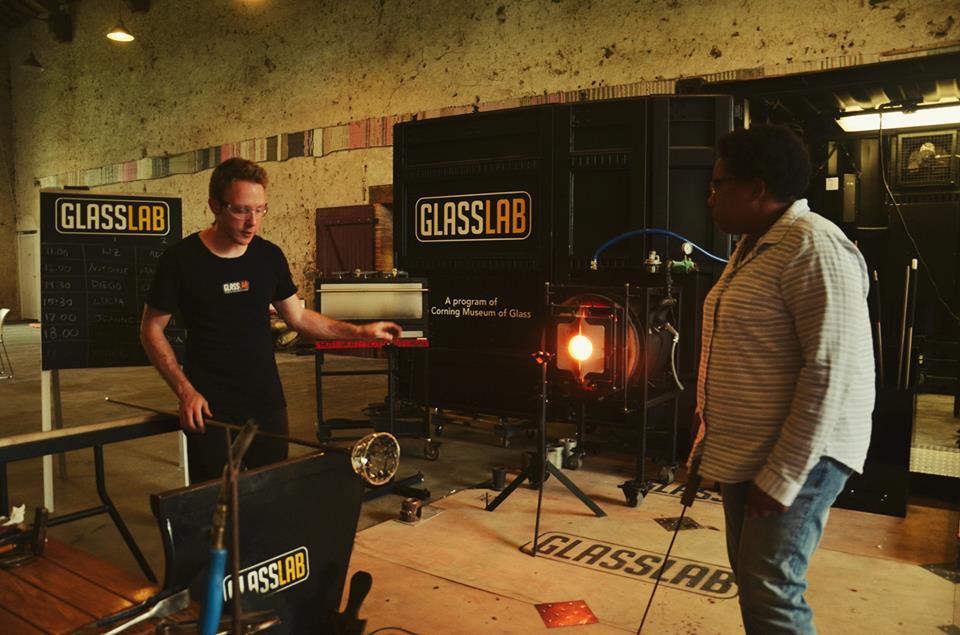
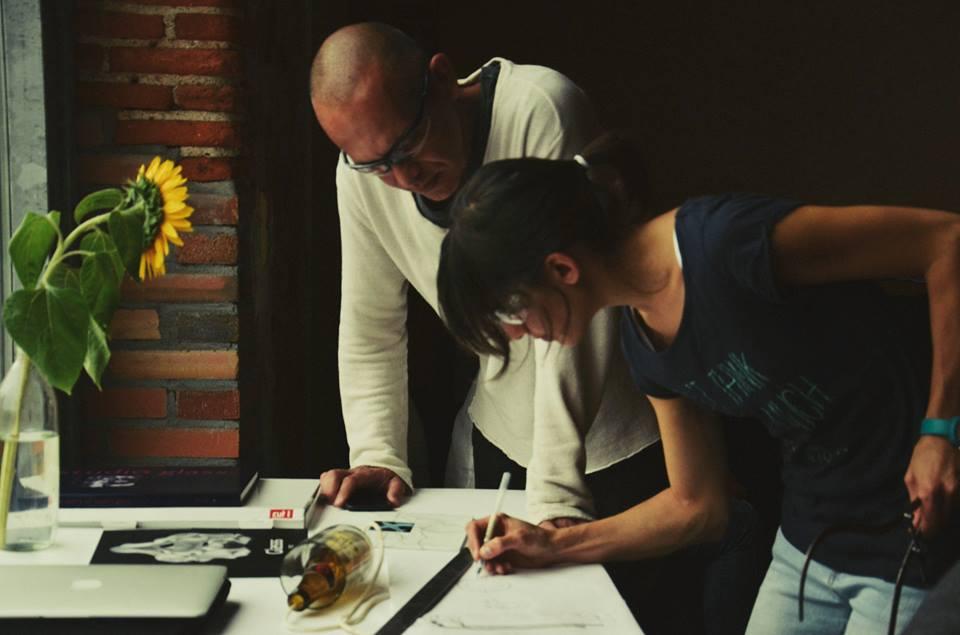
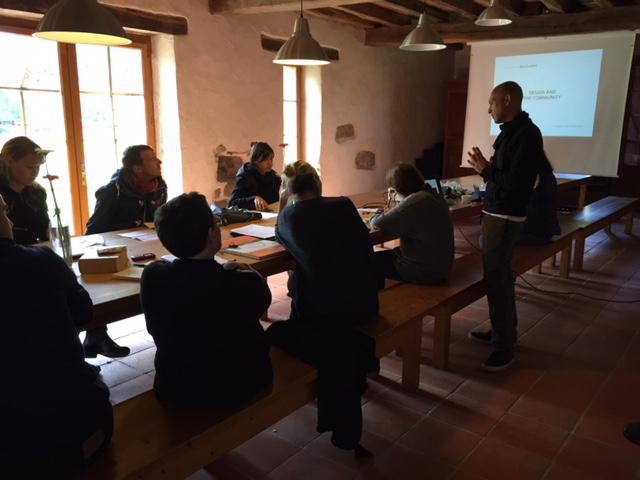
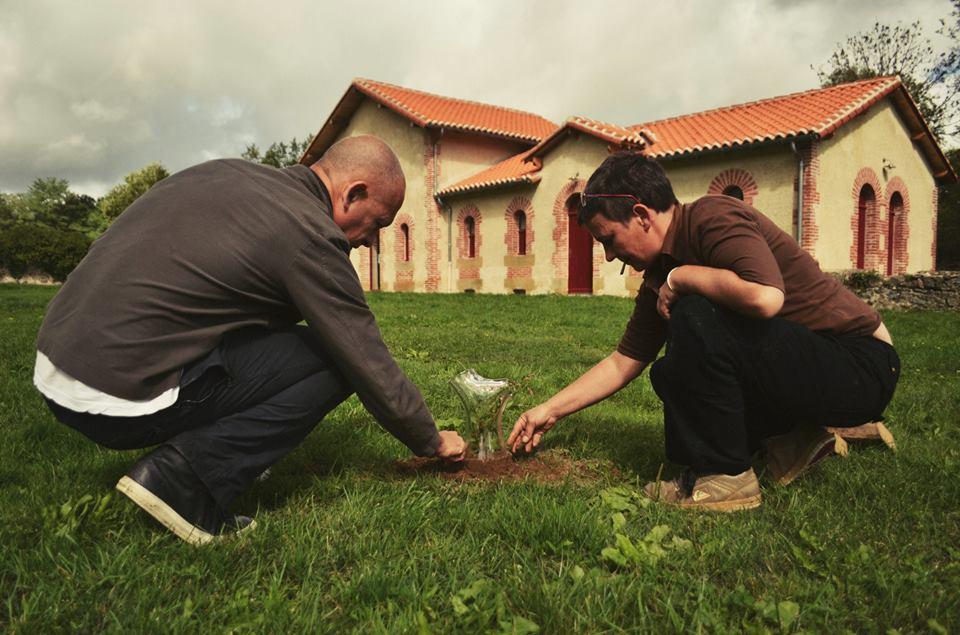
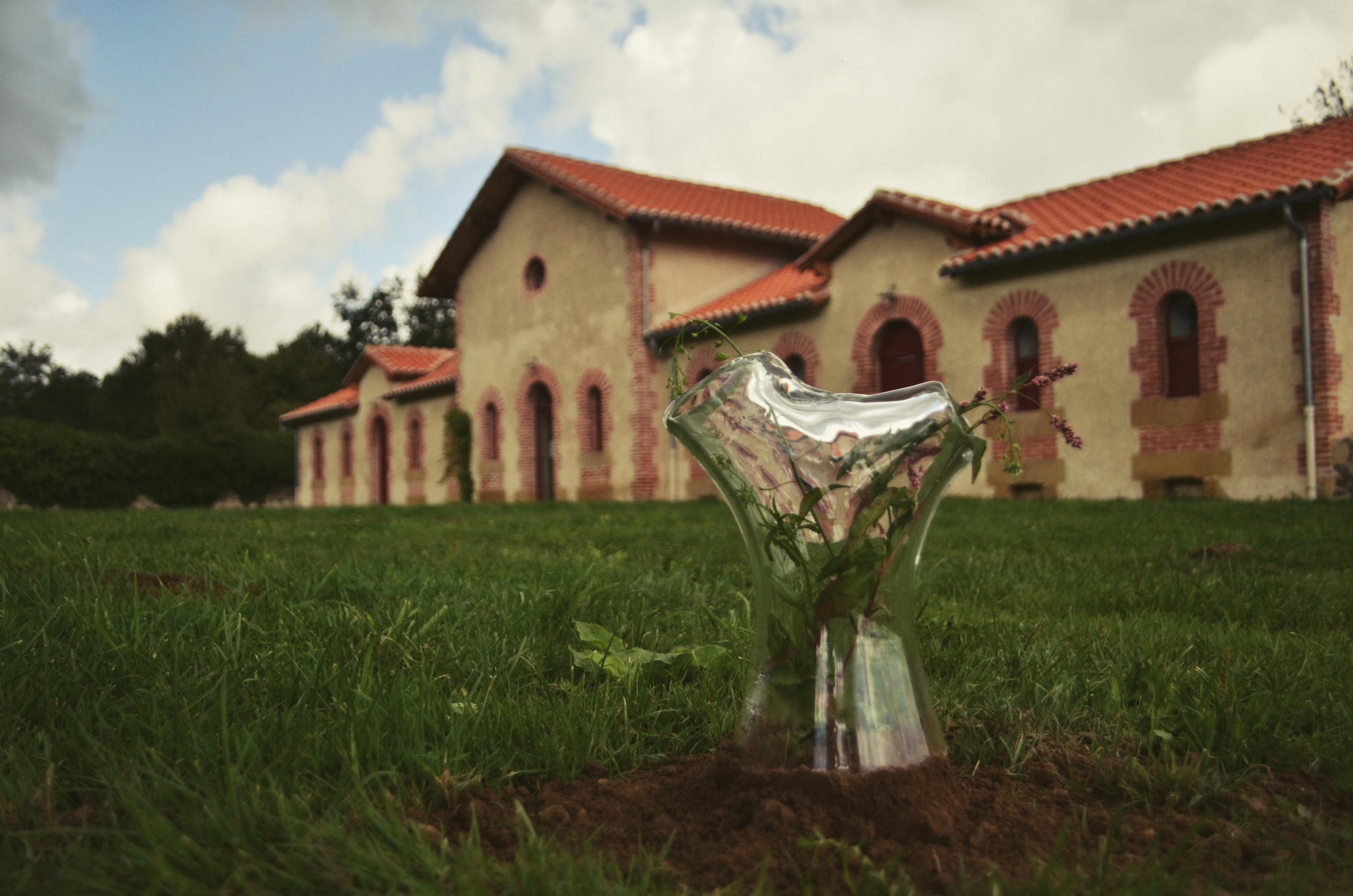
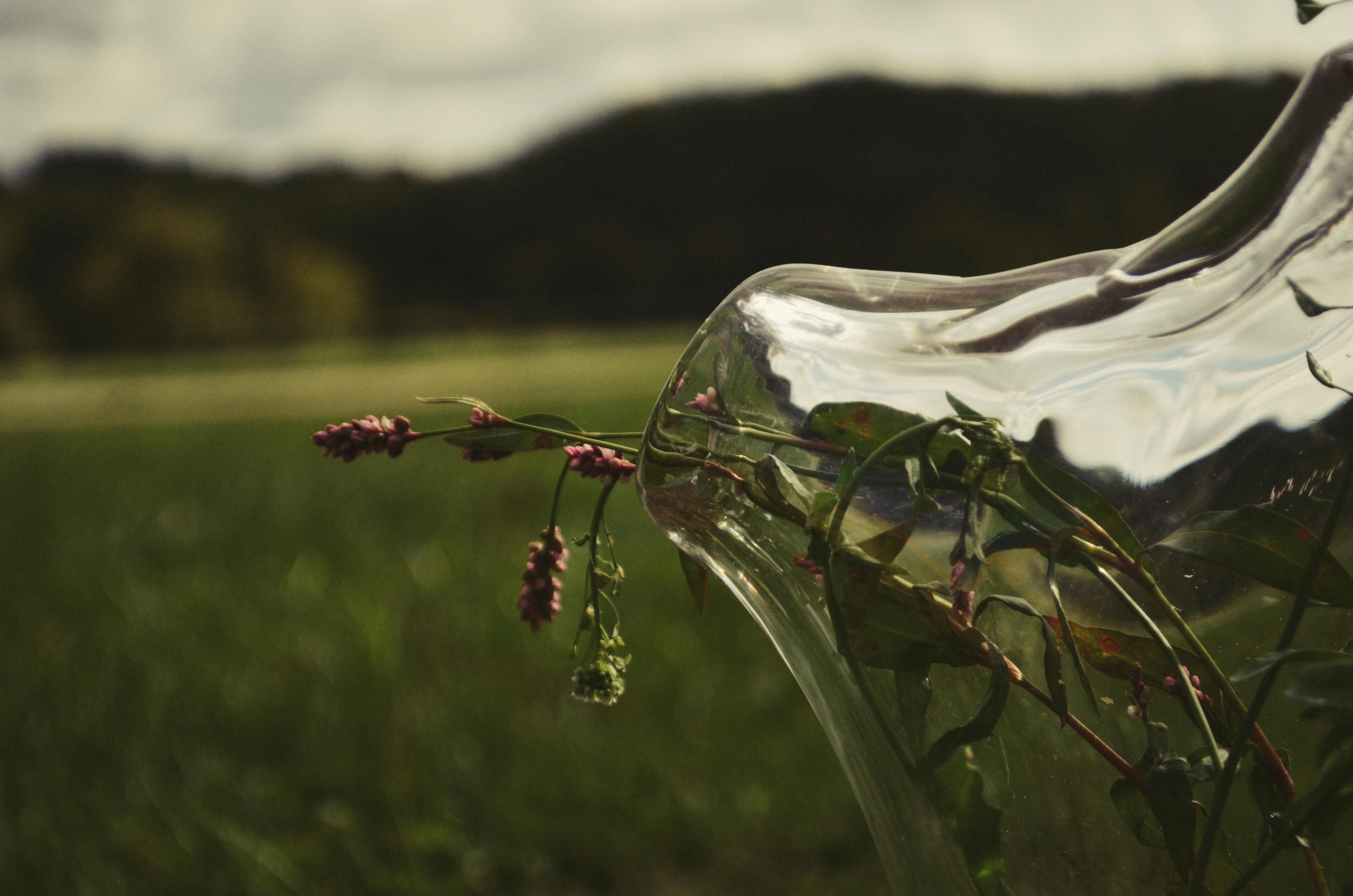
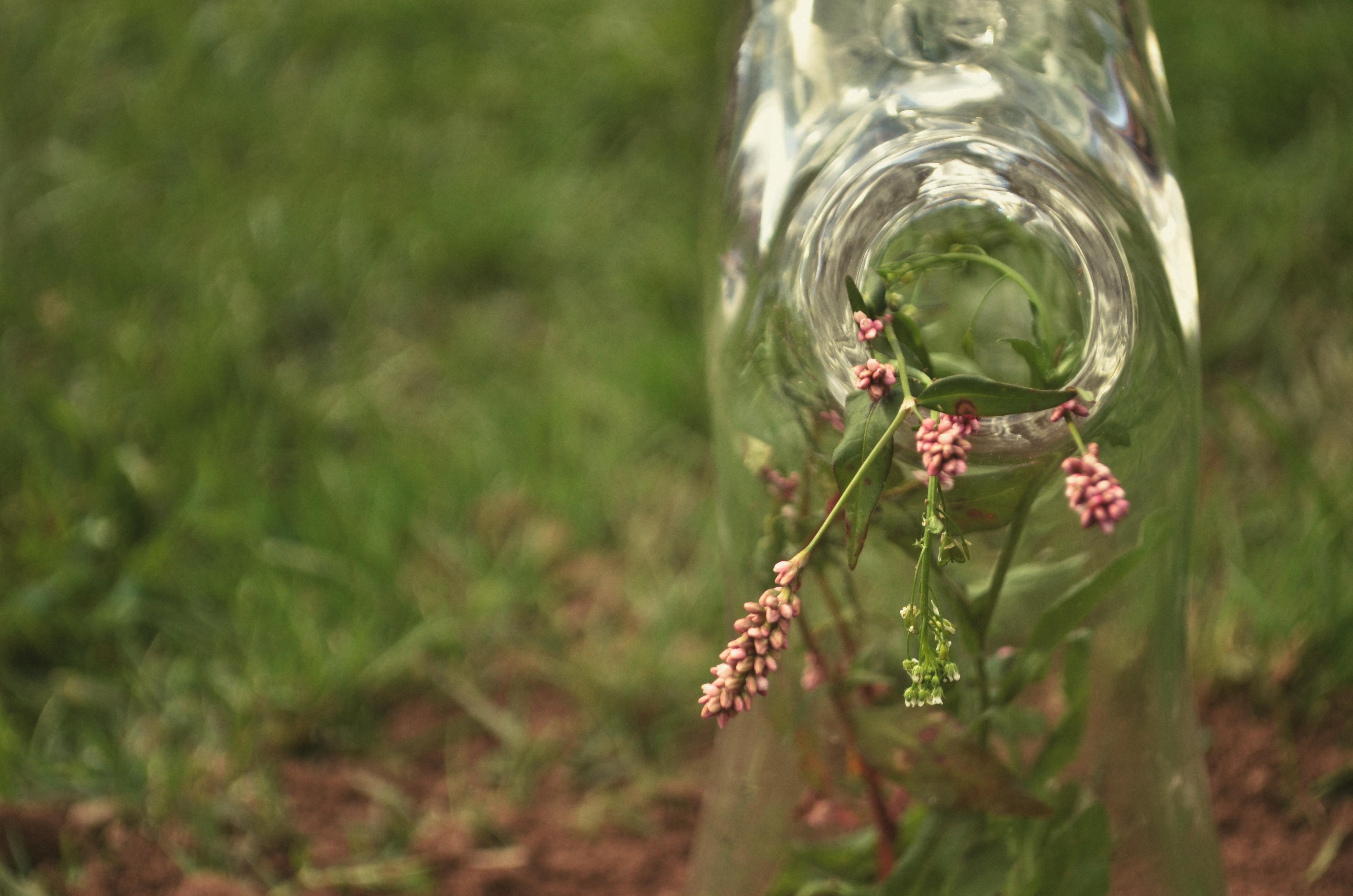
Vessel for Flowers
Sophie Muller
(a poem inspired by Sophie’s prose in English and a conversation between Sophie and Marsha in Frenglish)
I consider an unexplored substance: glass for a vessel in the landscape an unexplored subject: the Domaine de Boisbuchet an unexplored place within the Domaine that speaks to community and nature I notice, observe and see I notice at first the long sloping lawn and giant graceful trees I notice also that there are no wild grasses or flowers in the landscape I consider carefully, slowly, as it my nature: how might the natural flowers grow in a lawn that must be maintained and cut? I consider the vase as a vessel I consider the form of a vase which would allow for water to come in and a flower to grow out of the ground I notice that the form of such a vase could mimic the form of the tee. I notice that the word “trunk” refers to both the tree and the torso of the body. I notice the relationship between man and nature.
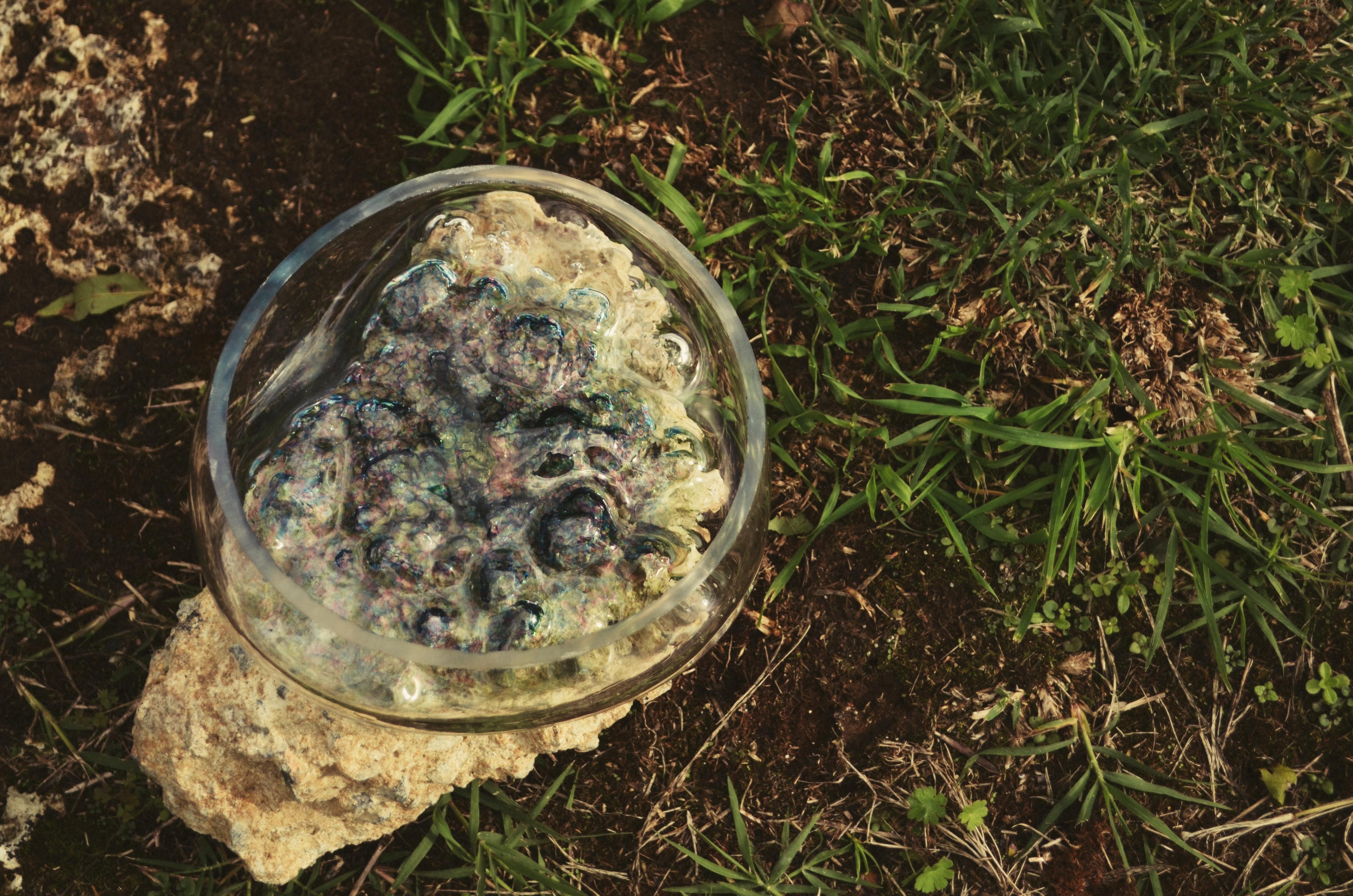
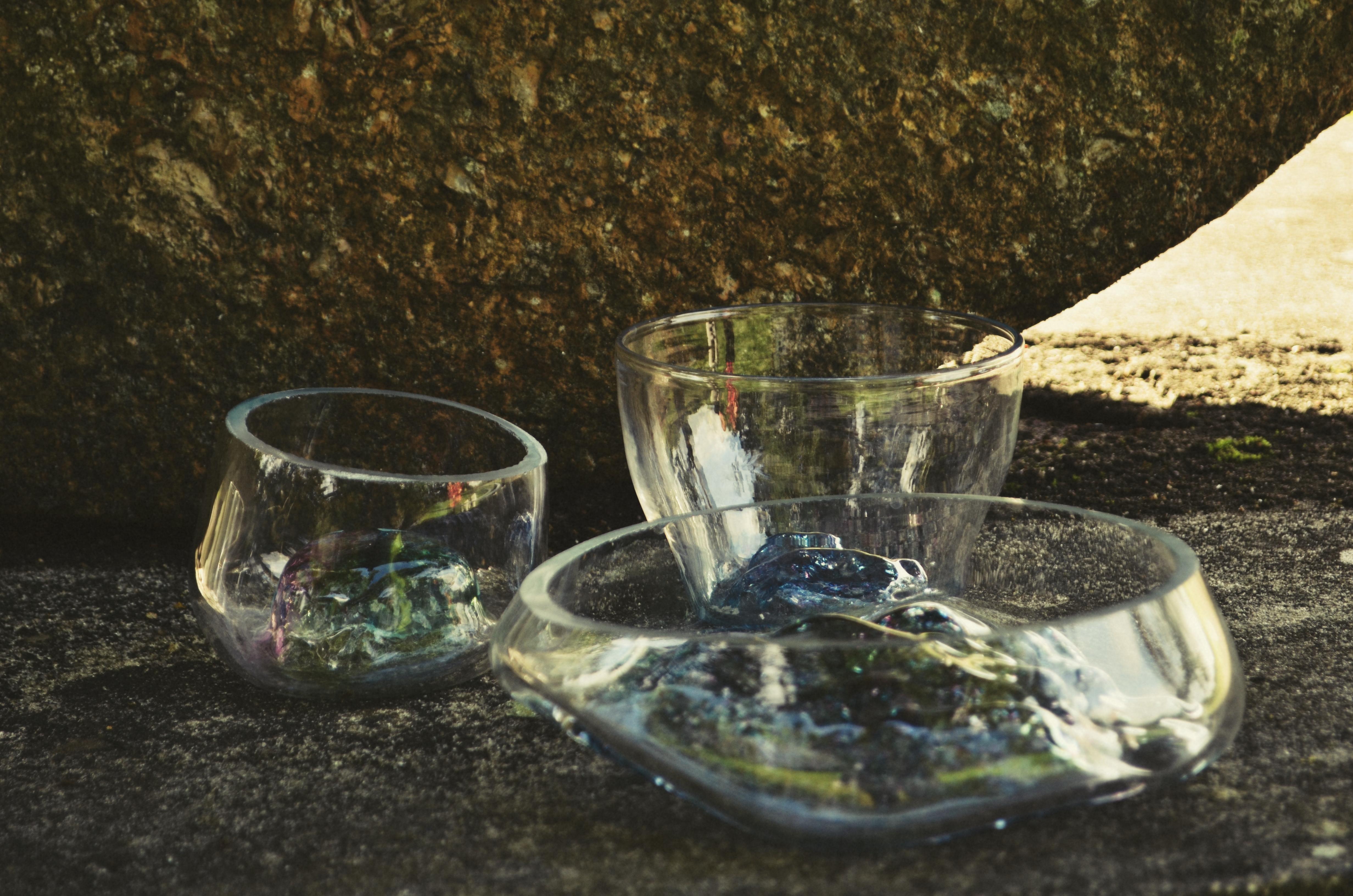
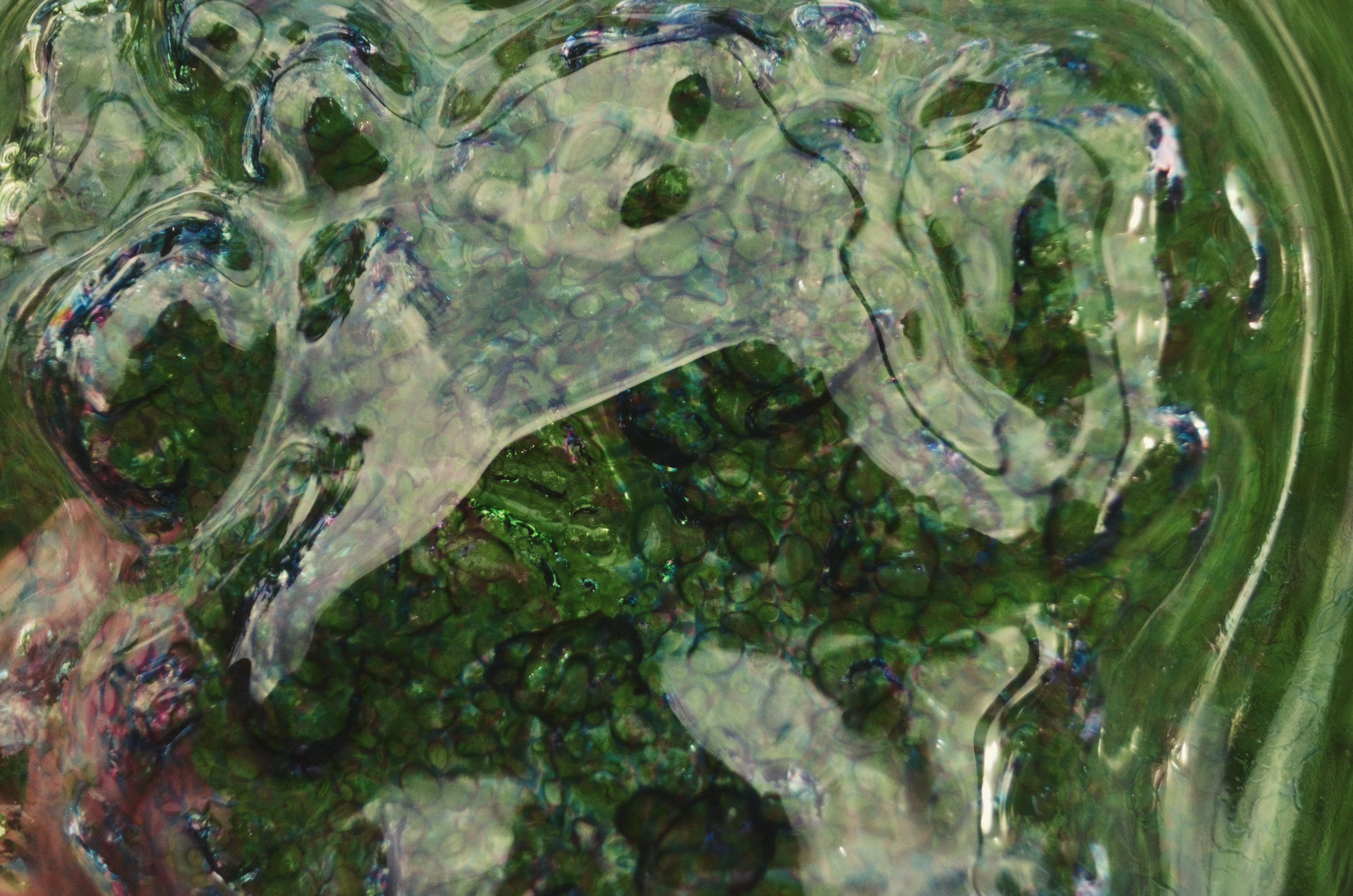
Vessel for a Memory of a Landscape
Cecilia Brondeau
The Domaine is rich with inspiring materials. In this creative environment, people of all cultures come to share ideas around a project and around a table (and the iconic vessel). That is the idea I wanted to pay homage to. I wanted to make a mark on the glass as a reminder of our shared organic heritage. Before becoming hardened, glass is flexible and formable. The idea of this piece is to keep the memory of glass meeting with the environment as a scar.
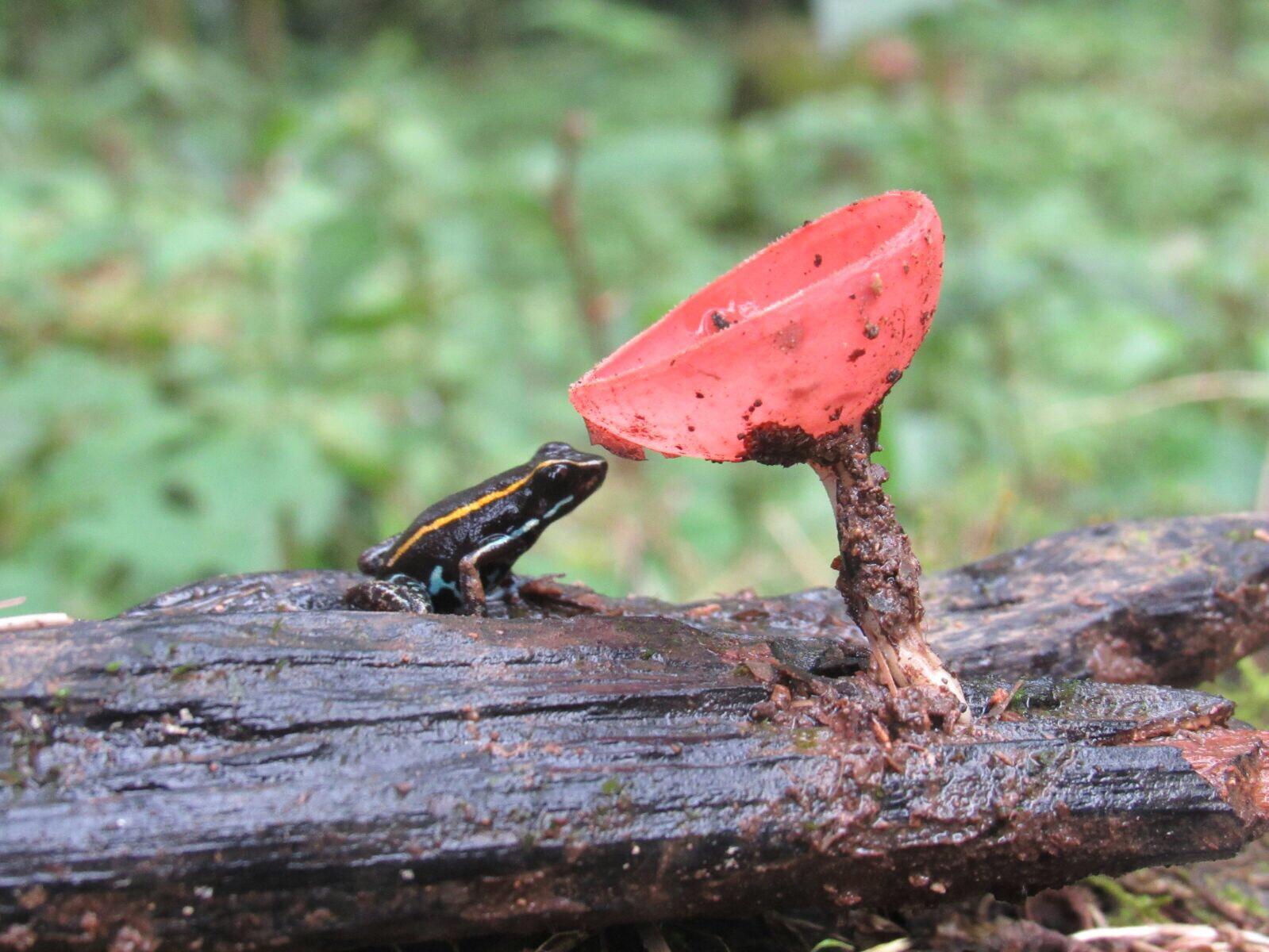
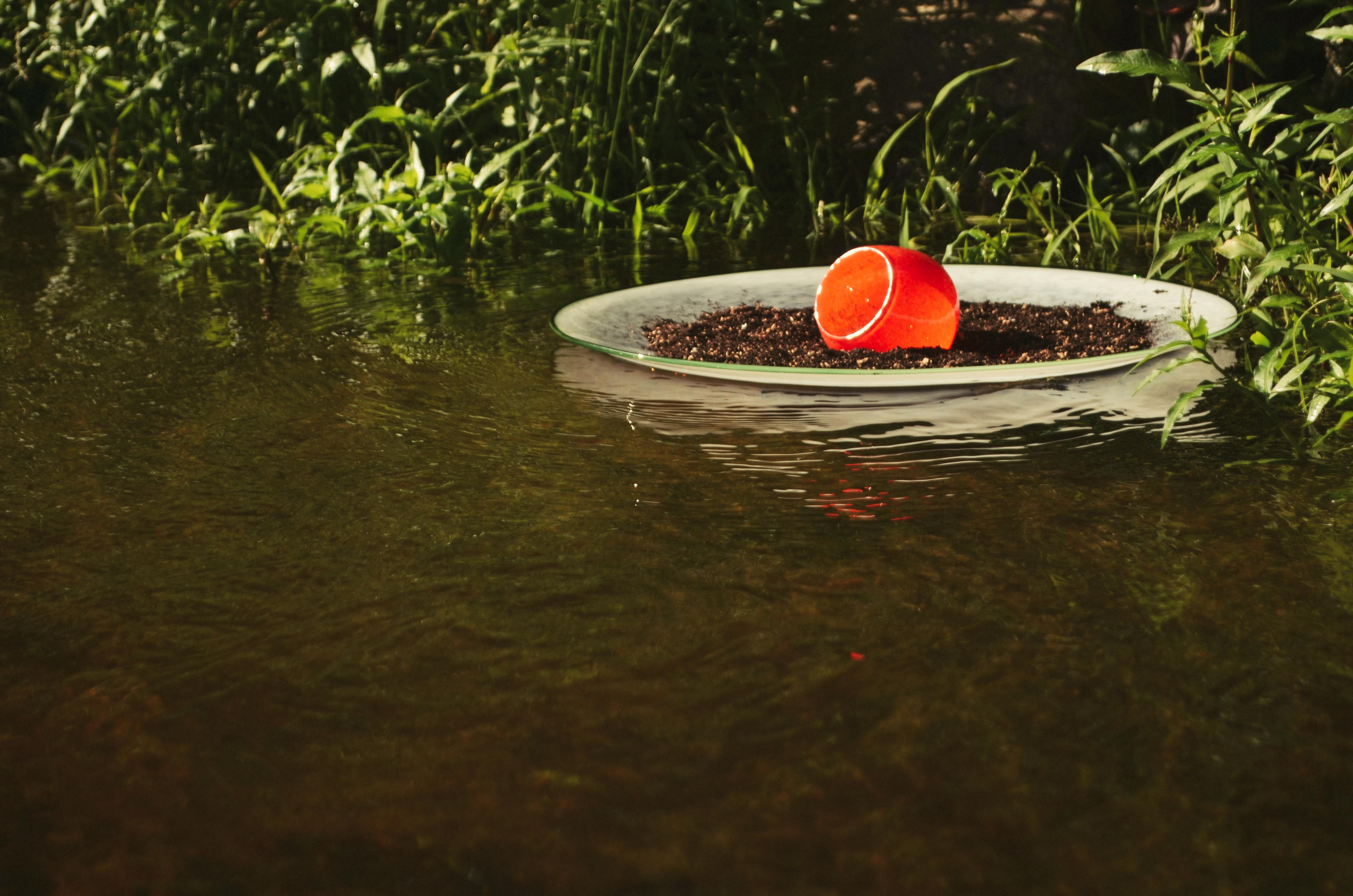
Vessel for a Frog
Diego Casado
In Boisbuchet there are a lot of hidden, beautiful places that speak to a sense of community. For example, behind the old workshop there is a little pond with many frogs, and this place is special for me because I spent a lot of time there with my friends. Everyday I go to this place to have a break, and listen to the frogs jumping into the water; I like this vibe. Inspired by this place, I wanted to create something special for this place: a house for frogs.
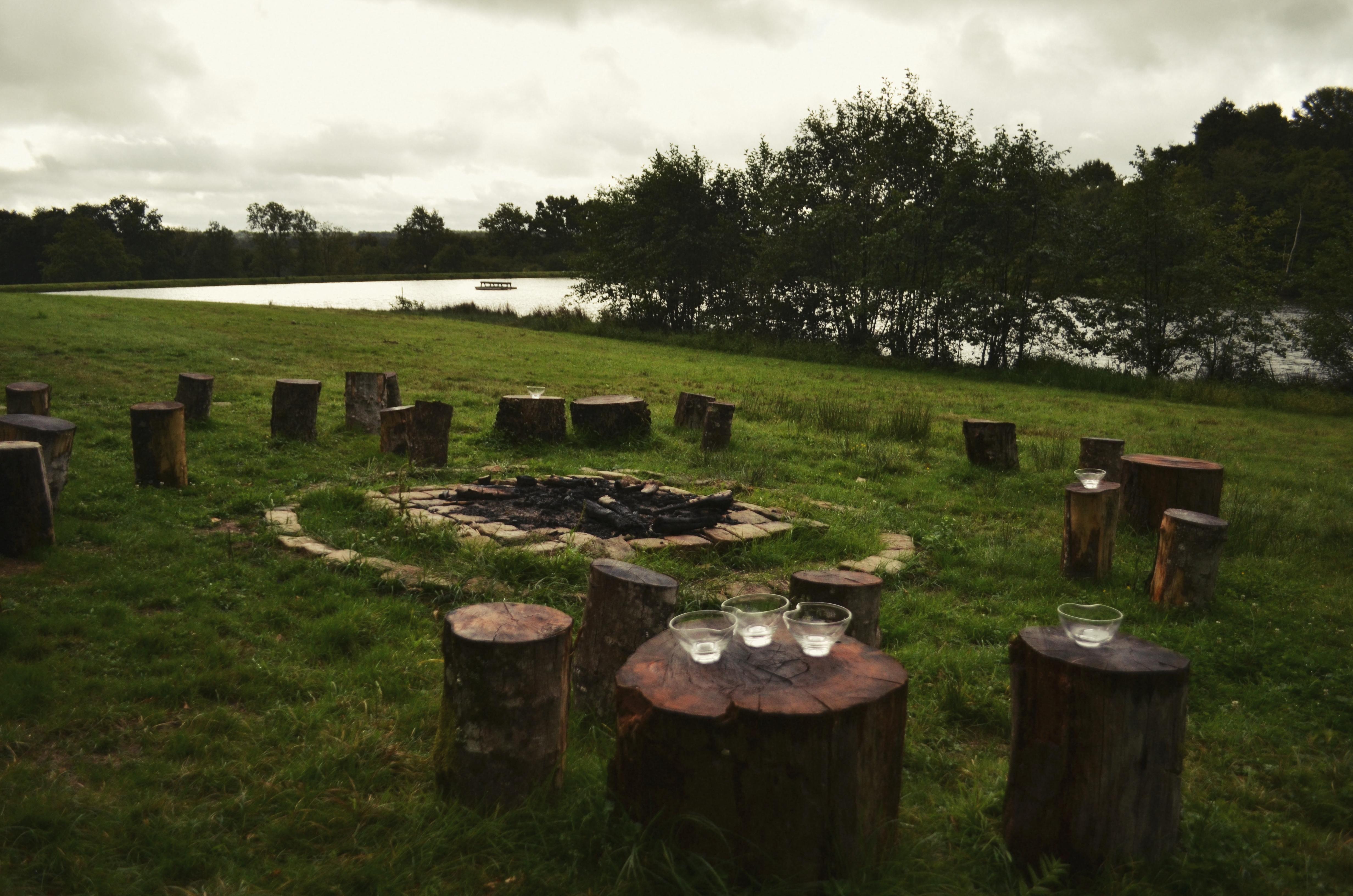
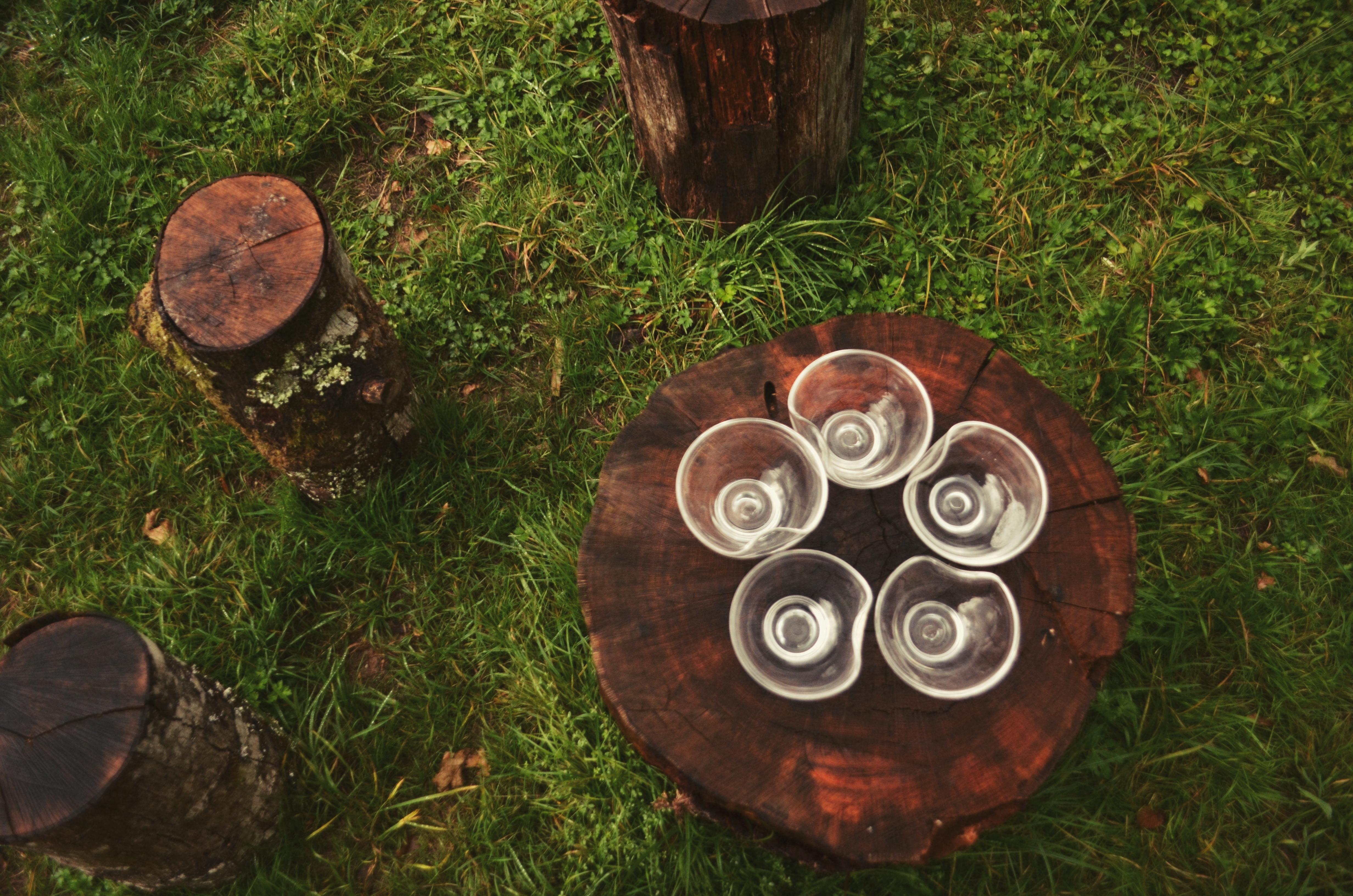
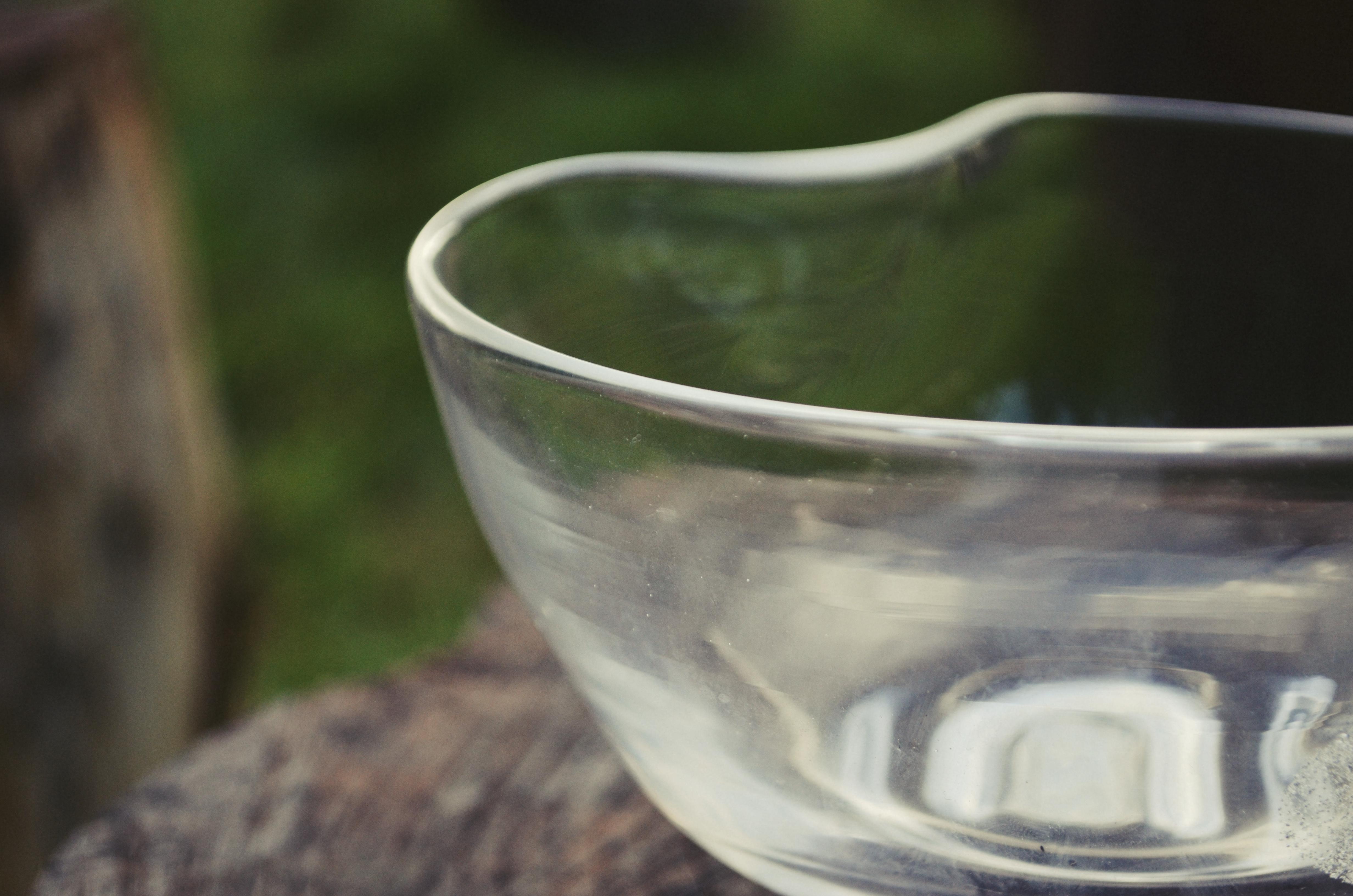
Vessels for Sharing
Maurisse Gray
The newly built fireplace designed by Alvaro Siza at Boisbuchet is the inspiration and site for my piece “Vessels for Sharing”. As the world witnesses one of the largest mass migrations of people in modern times from the ruthless warring factions in the Middle East to Europe and beyond we are faced with the questions of How do we share? How do we give aid? How do we simply help? The answer can initially be as simple as providing some warmth, a cool drink of water and maybe even a bowl of soup.”Vessels for Sharing” is an assemblage of five bowls shaped to cozier up to each other, nest together and form a circular unit. Breaking apart each offers the receiver a comfortable “ handful” of comforting liquid. The bowls have a “push” at the rim allowing them to “fit up” next to each other and giving the user a place for a finger hold. The foot is deep with a central depression for curling a hand around its edge. Each one shows the magic of the maker’s hand. The glass is clear and sturdy giving the user an honest unobstructed view to the contents. Thirst is quenched visually and literally by a long sip.
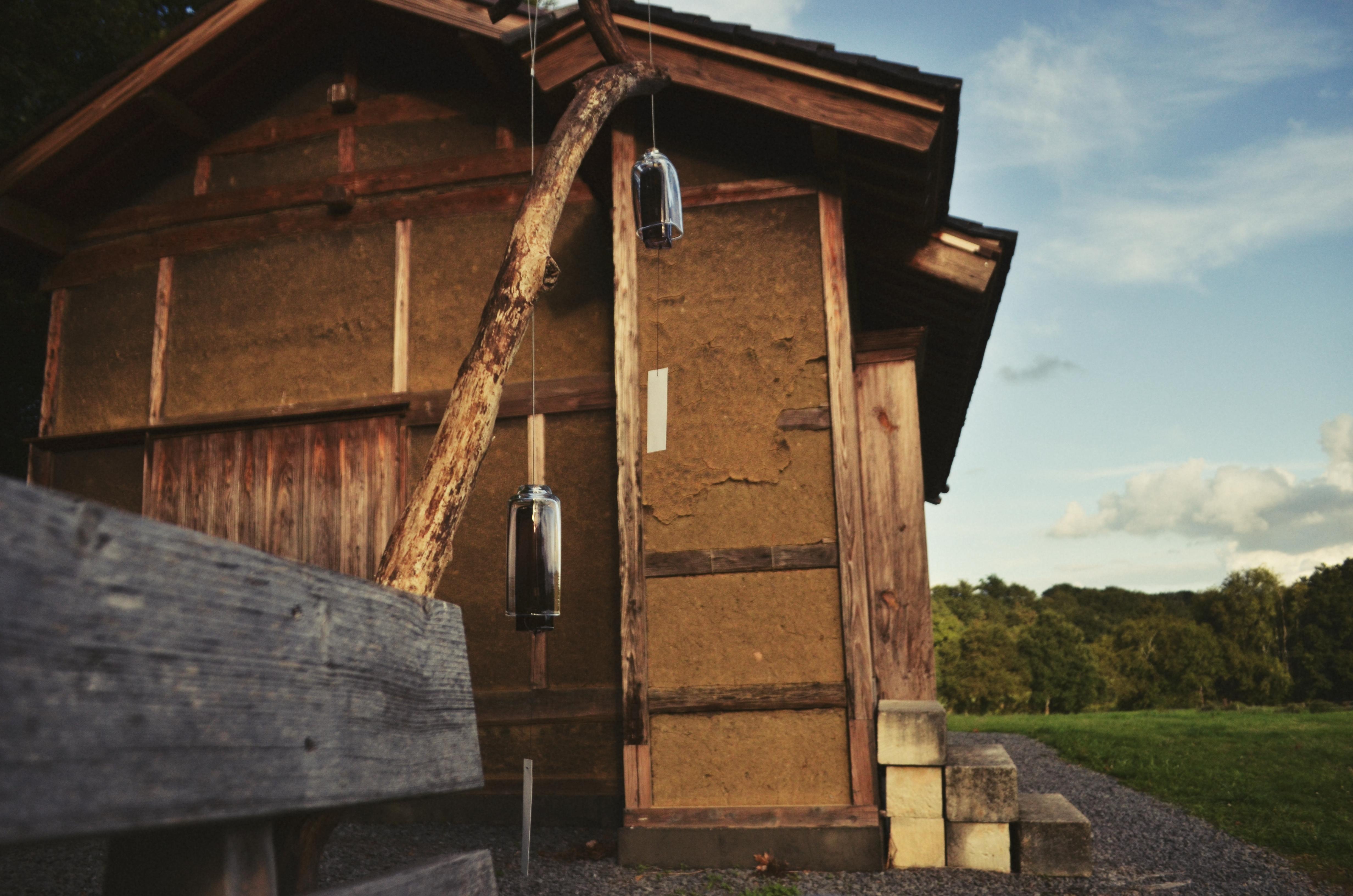
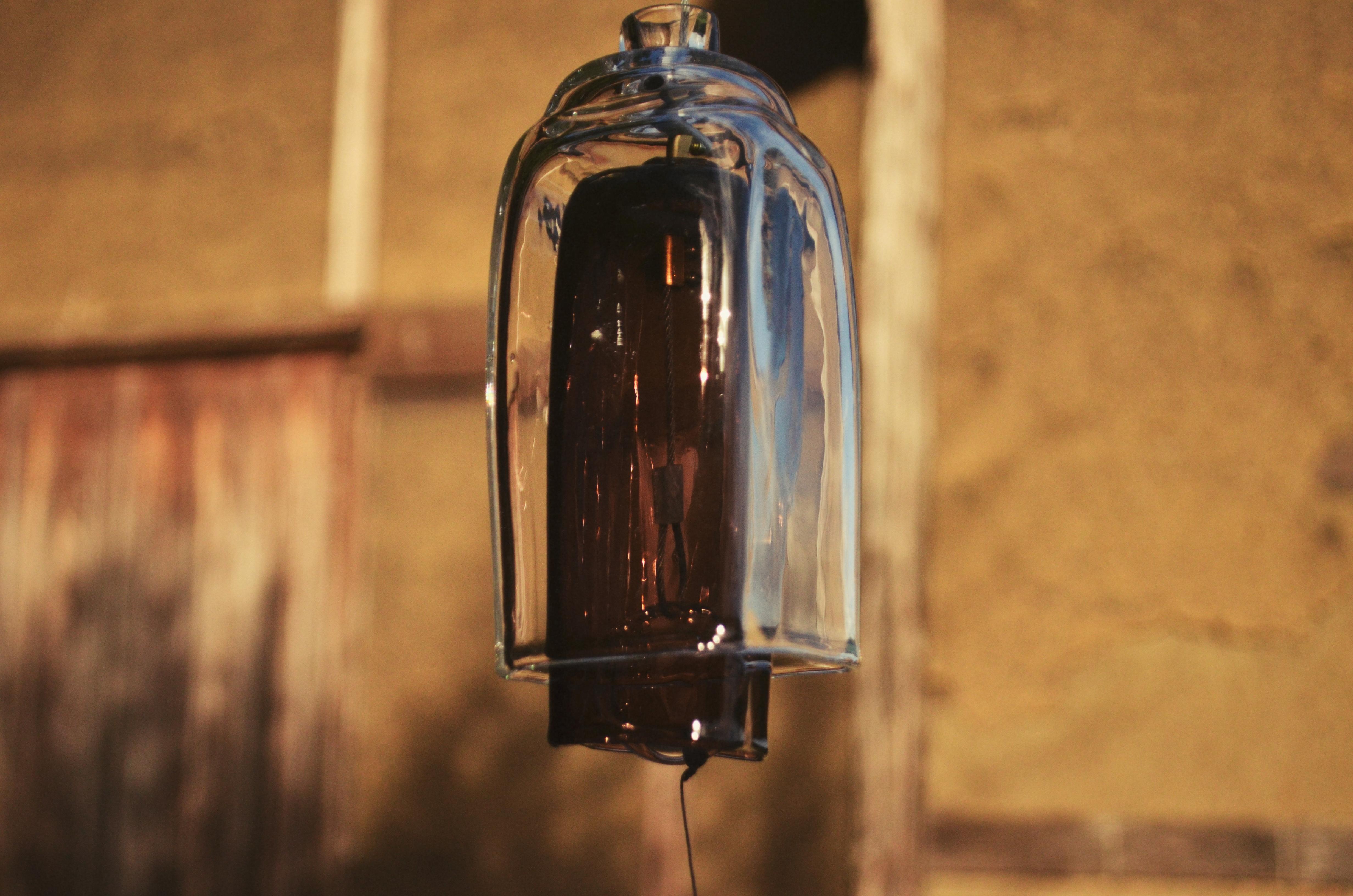
Vessels for Sound
Lucia Grompone
The stunningly simple Japanese house on Boisbuchet’s grounds transports me to the Far East by the very serene and peaceful atmosphere of the site. Vessels for Sound is inspired by the gently blowing wind at the hilltop site. The piece captures the wind and converts it to sound. The softly clanging chime of the bells complements and joins in with the sounds of nature surrounding the secluded site. By adding the sense of sound, this vessel brings a new dimension to the natural community. The clarity of sound as the glass bells sway against each other makes glass the perfect choice material. Glass also allows the viewer to see through the outer clear bell into the interior bell revealing the purple or amber core while hiding the clanger and echoes the Japanese use of paper walls inside the house. The forms are meant to be unobtrusive in the landscape and the double cylinder structure simply hangs on a branch waiting to capture the breeze.
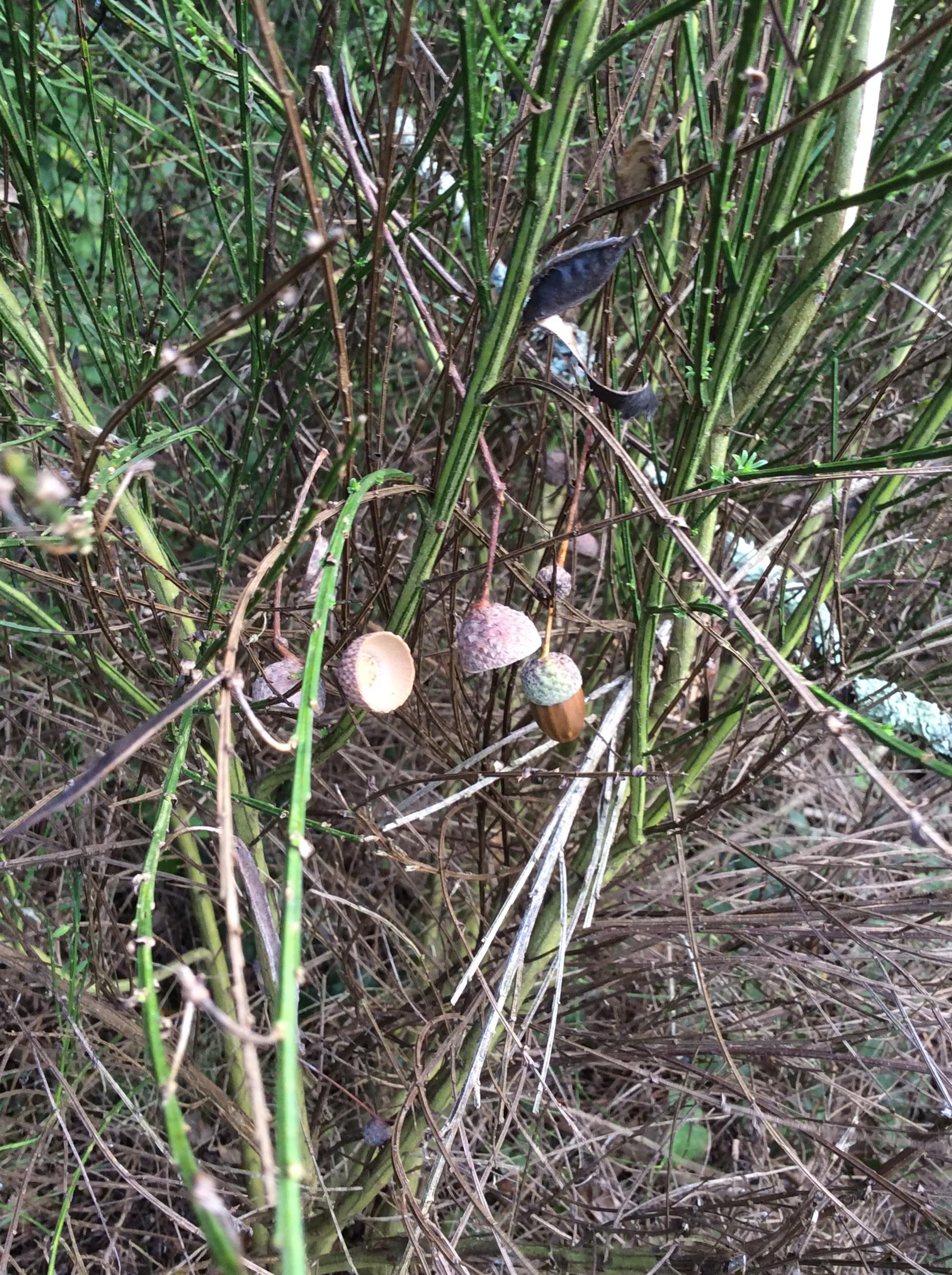
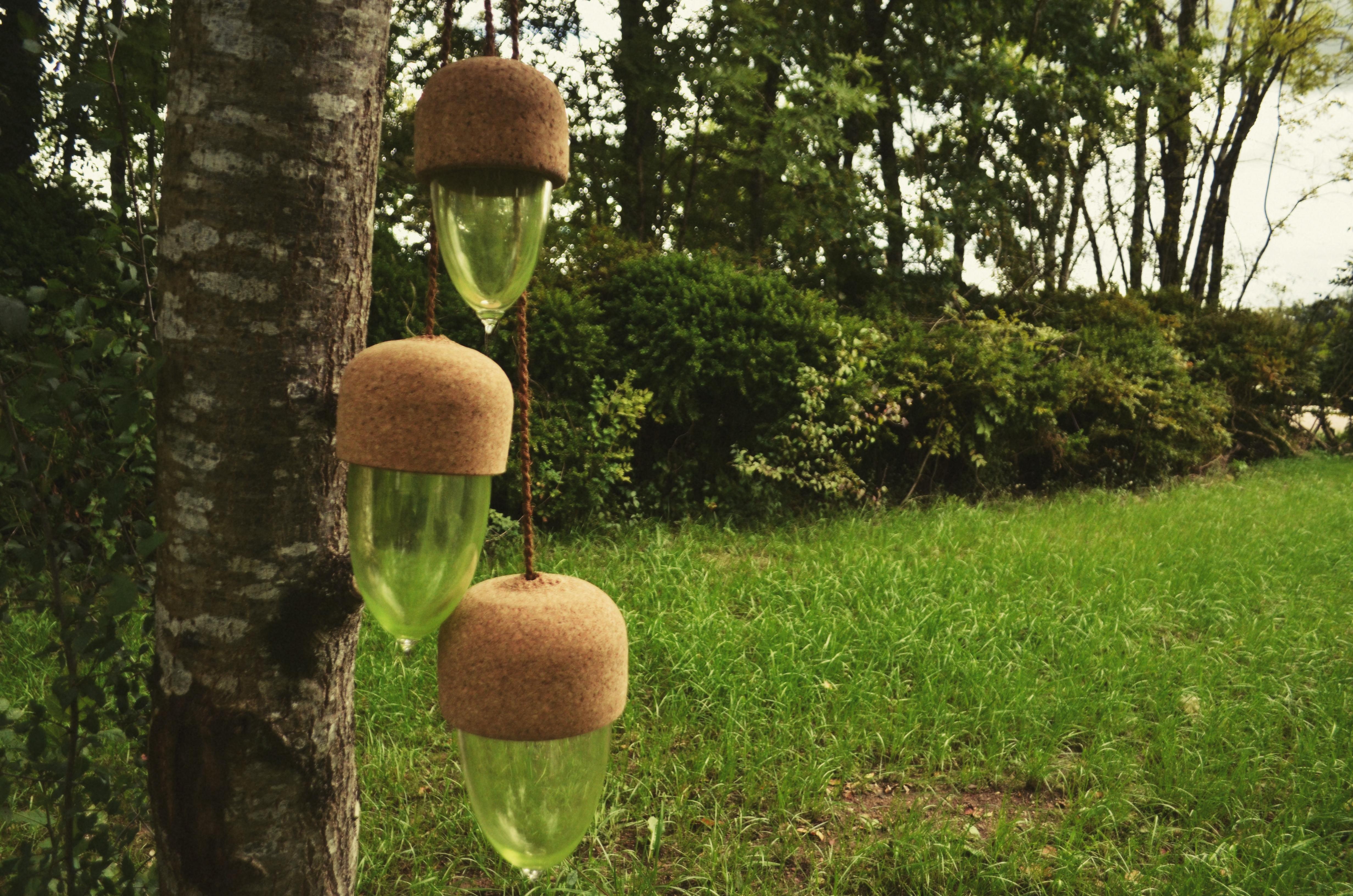
Vessel for Light
Leslynn Heerema
As we walked through the ecologically diverse and astoundingly beautiful landscape of Domaine de Boisbuchet the concept of a more organically lit pathway was conceived. There is a necessity for landscape and pathway lighting, however the manufactured solar stakes being used over the property seemed jarring and out of place in the natural environment and raw beauty of Boisbochet. I have set out to explore and fabricate in the mediums of glass and cork, a more natural and organic looking solar powered light source, that will be a more empathetic and harmonious way to light the pathways within the landscape. Like the acorn seed which is found in abundance throughout the property, the acorn lantern, will nest and protect its solar cell from the elements. Capturing the light by day, clusters of the staked acorn luminaries will be a natural and enduring source of illumination as the daylight fades, to light the pathways and community of Domaine de Boisbuchet.
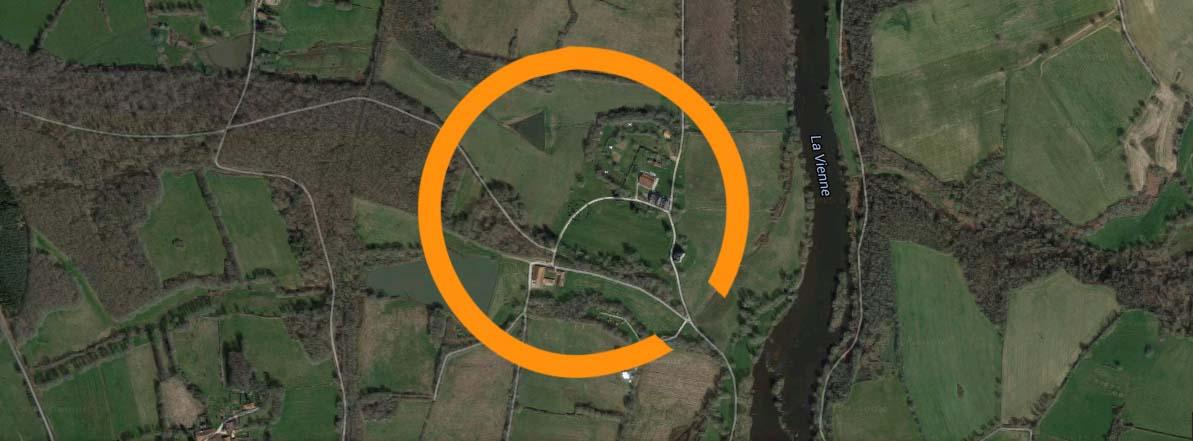

Landscape in the Vessel
Liz Obermeyer
Thinking about the brief, I started off wondering which things a vessel can contain and which vessels we use in our daily lives. I came up with the idea of bringing together the functionalities of several different vessels in one object. In the end, I decided on an object that fuses a vase, a vitrine and a lamp. The object aims to serve as an medium to instal and stage the landscape of Boisbuchet on a miniature scale, represented by some of the characteristic plants and elements of Boisbuchet’s surrounding landscape. By putting these everyday natural objects in a sort of shrine, one changes the point of view towards them; you look at them in a different light, you present, exhibit and observe them. The idea is that the object would be placed on a table in the “clockroom” where people come together to have meetings and discuss ideas; a place where changing the point of view helps people to find collective solutions.The use of transparent glass creates a room within the room for these everyday objects without sealing them off. Inside and outside is connected by a transitional opening. In the figurative sense, that is what Boisbuchet is all about - changing your point of view and seeing things from a different perspective concerning working and private life.
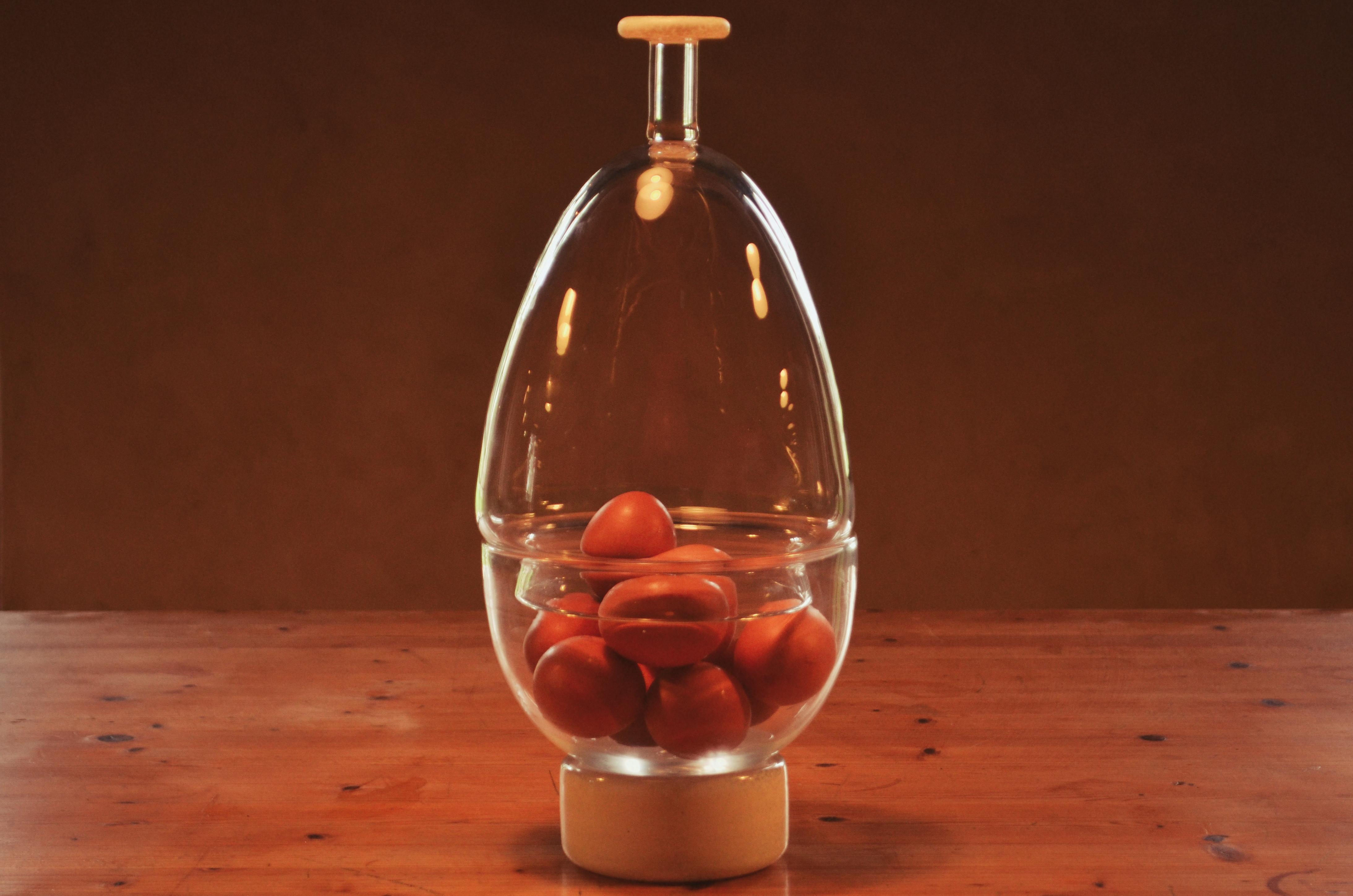
Vessels for Caring
Claudia Paredes
Consumption of the products of the land is the inspiration of my piece “Vessels for caring”. Sharing the products is an interaction with Boisbuchet. But how can we consider them within the landscape that surround us? Considering the primal necessities of the community could be an answer. “Vessels for caring” proposes a container of eggs which it is in itself an egg made in glass. This material offers the purity and plasticity that this idea requires. One vessel sits on top of the other allowing the piece to be used. The foot and the handler have a white touch to be visible as well as to reminiscent the original idea. The egg is clear in order to easily visualize the content, changing the perspective of seeing something primal as if it were precious.
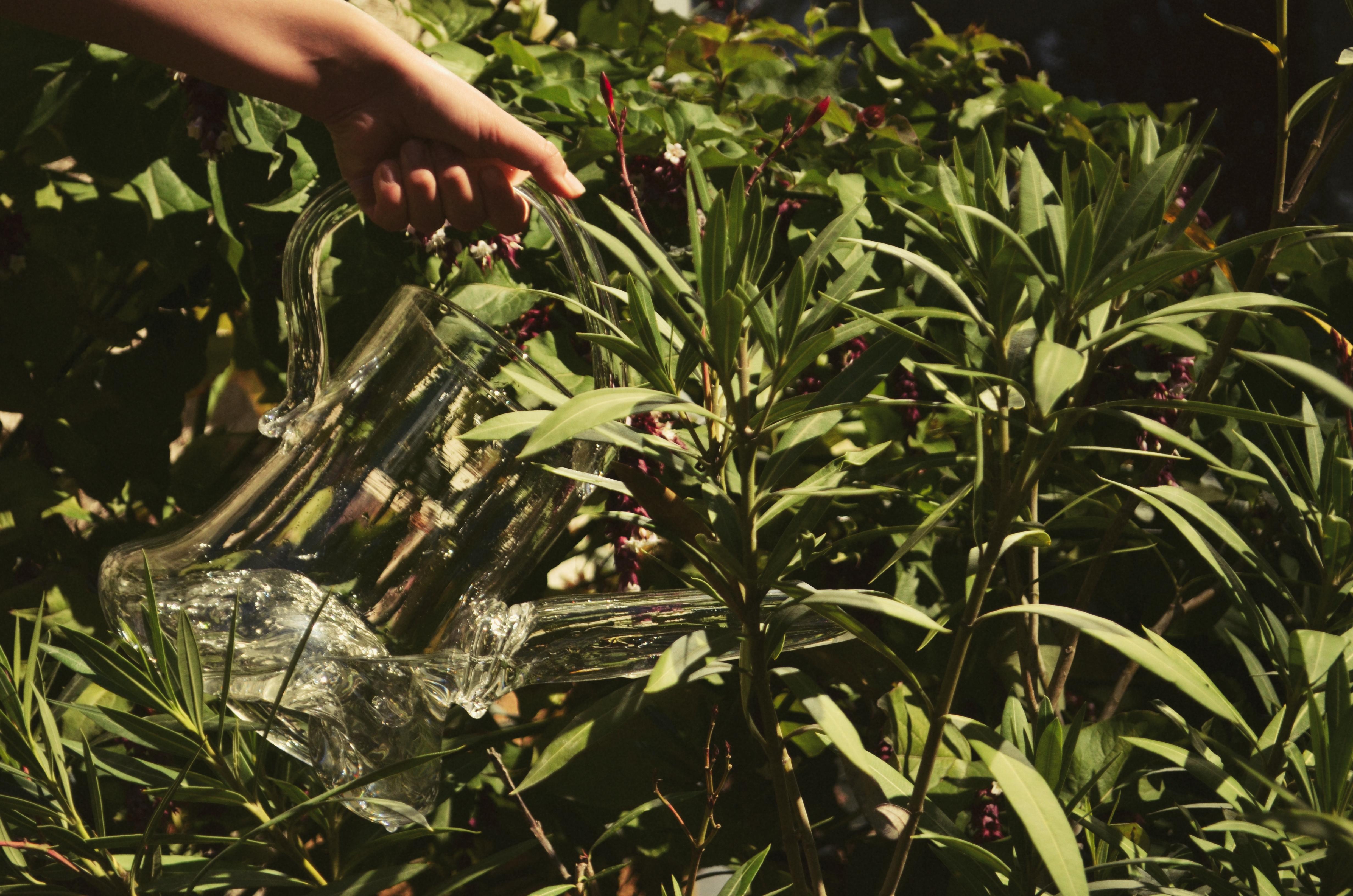
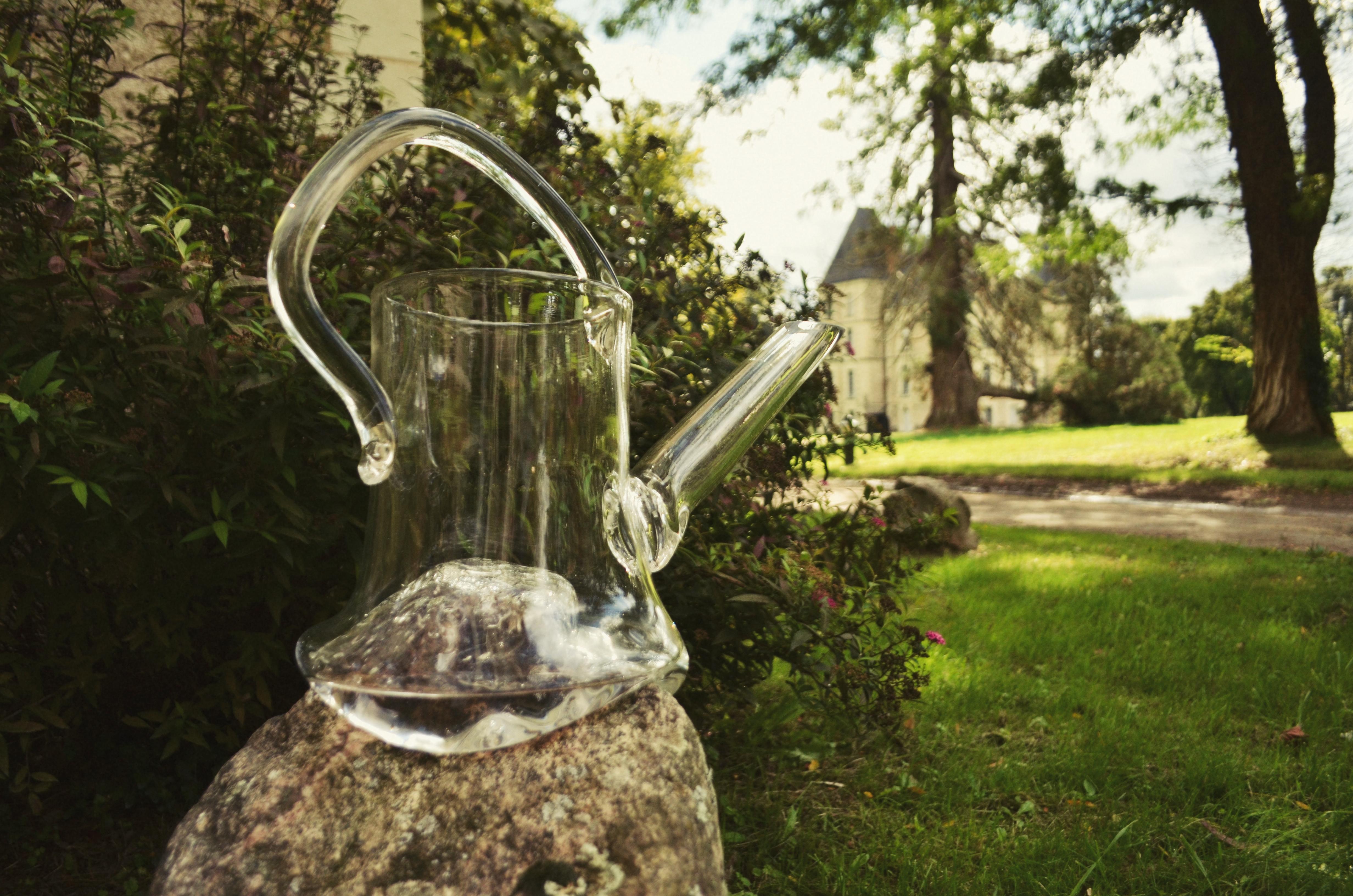
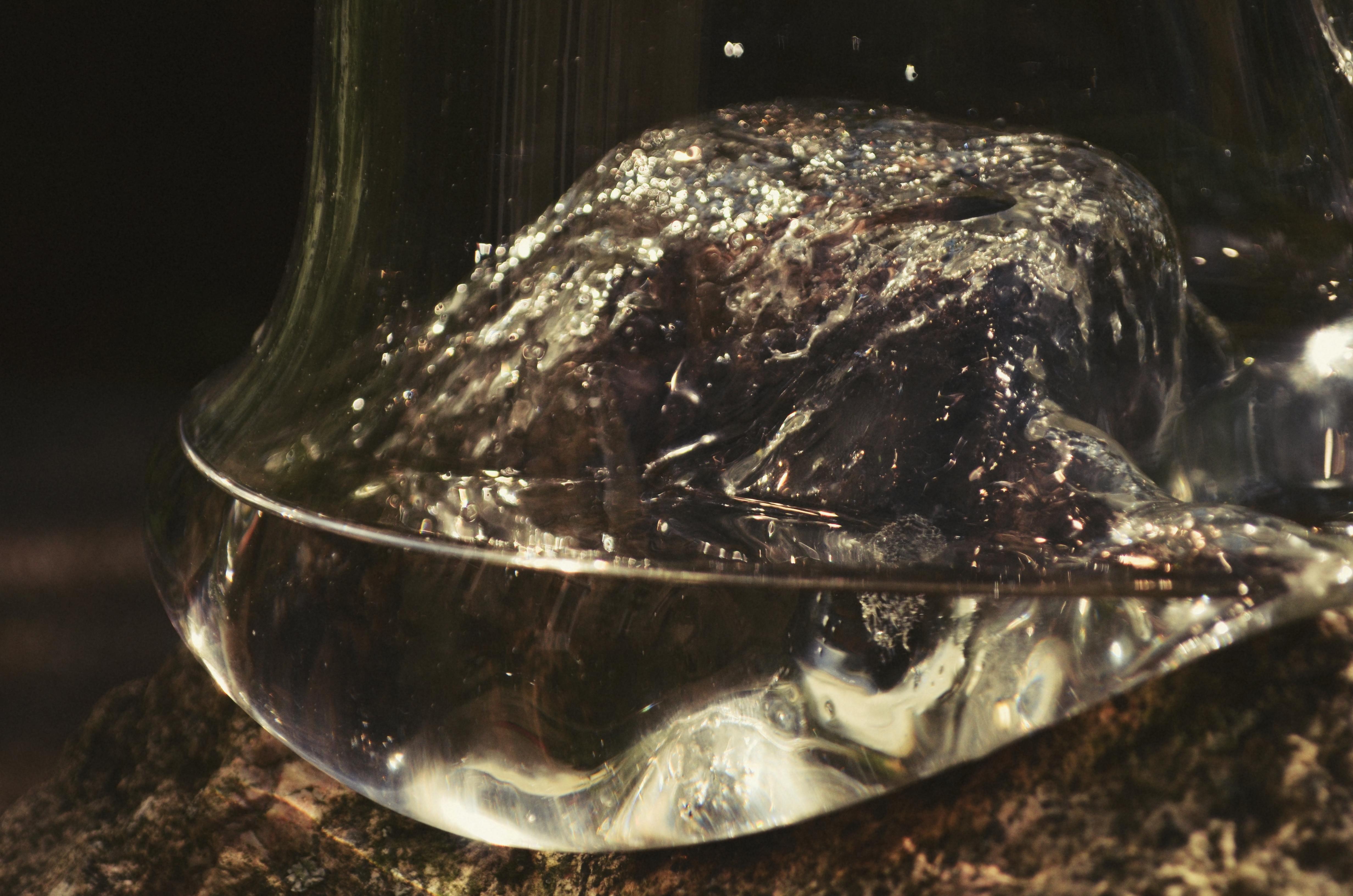
Vessel for Watering Plants
Jeanne Pertriaux
Boisbuchet’s lush natural beauty is echoed in the numerous flower boxes on the property. During the hot summer months the simple action of watering the plants is important and appreciated. My vessel, a glass watering can, is a reminder to stop and enjoy the flowers and perhaps give them some water. Sited in front of the main building, perched and fitted into the top of a rock face, the sturdy yet transparent watering can is a reminder of our responsibilities as a member of a larger community to look after each other and the environment. The contrast between the hard rock and the fragile glass speaks to the delicate balance of meeting an individual’s responsibility as a member of a larger community. The appearance of the vessel changes depending on the amount of water inside and when empty begs to be filled again as its form is immediately recognizable.
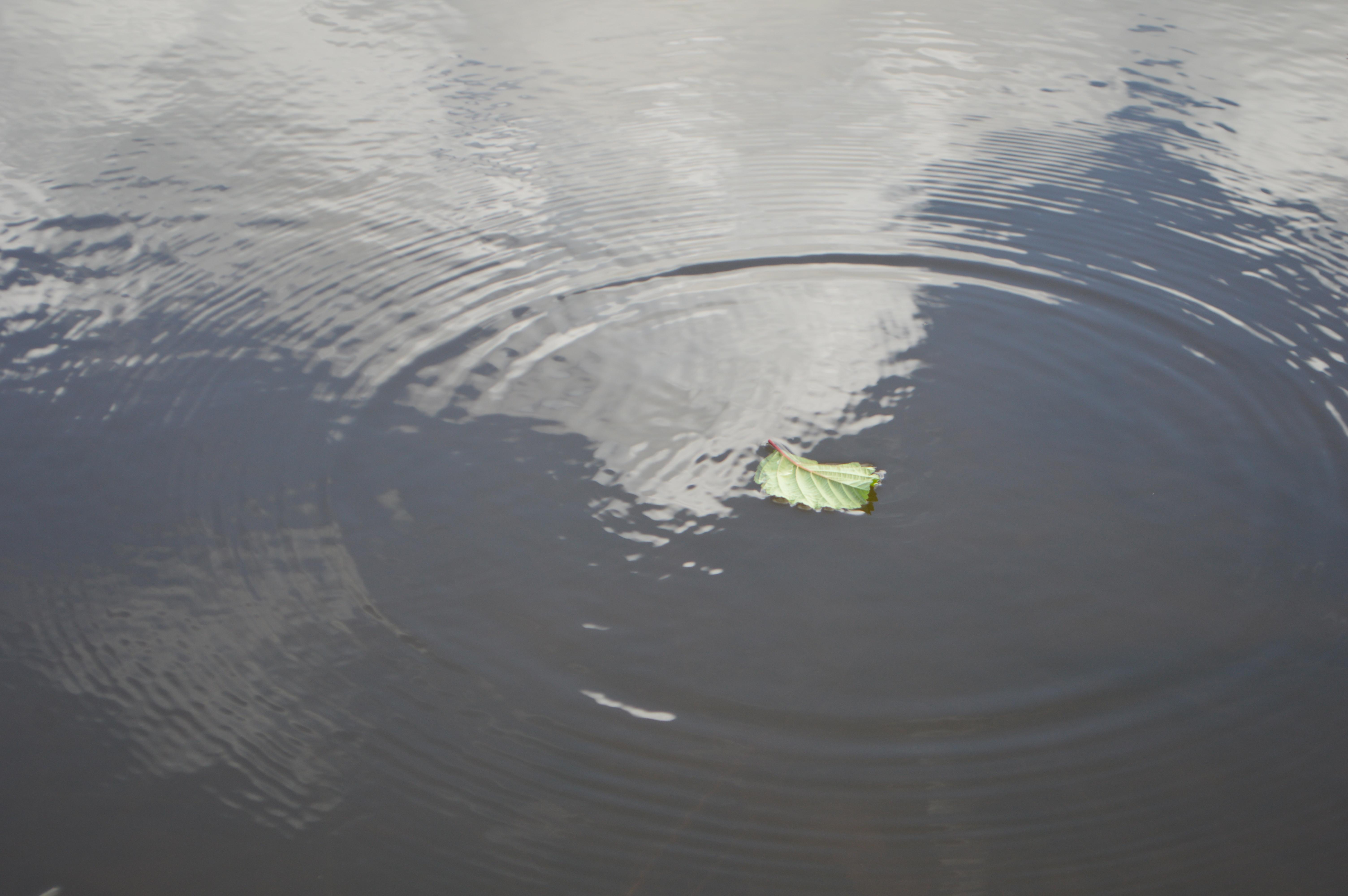
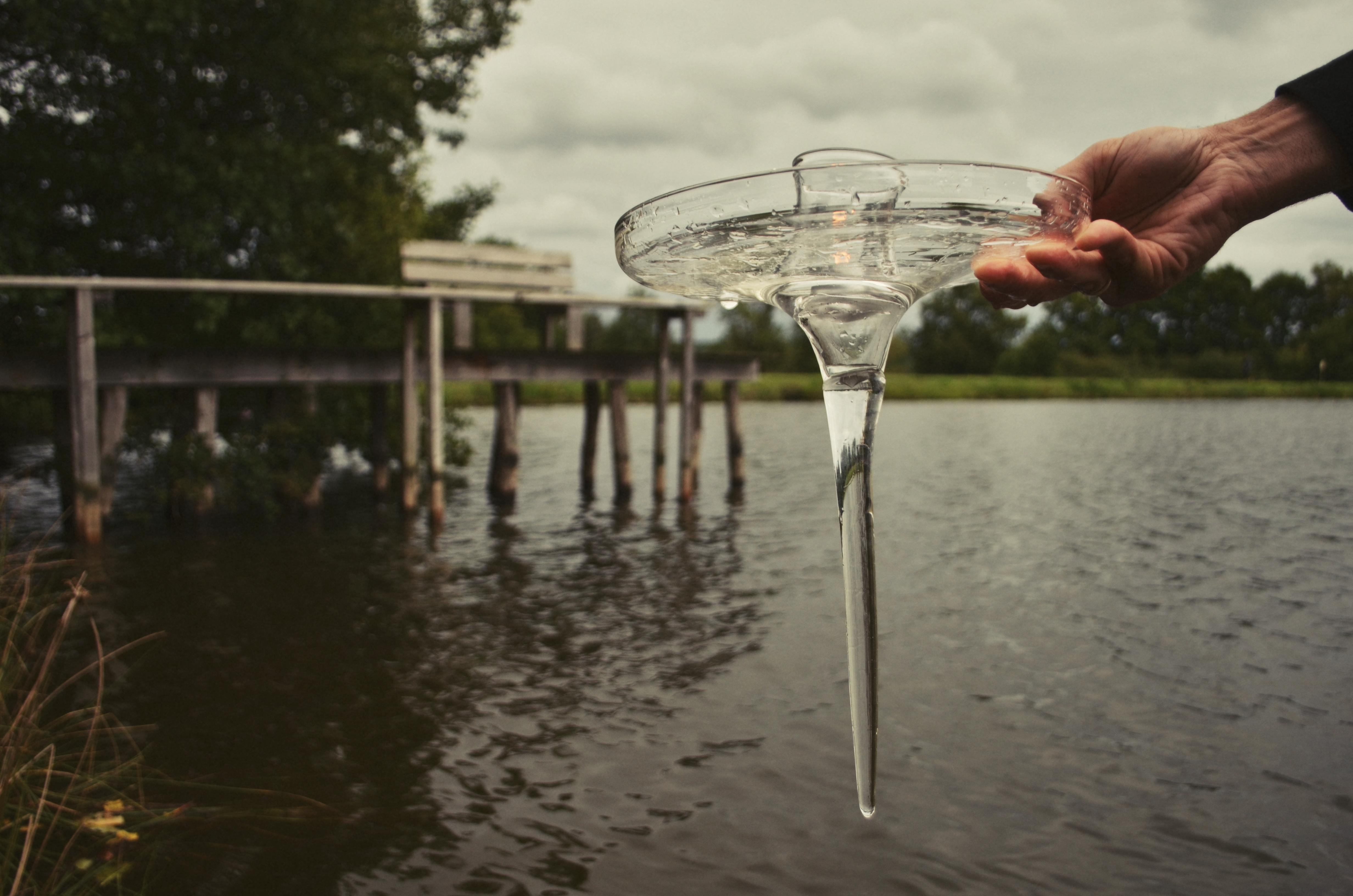
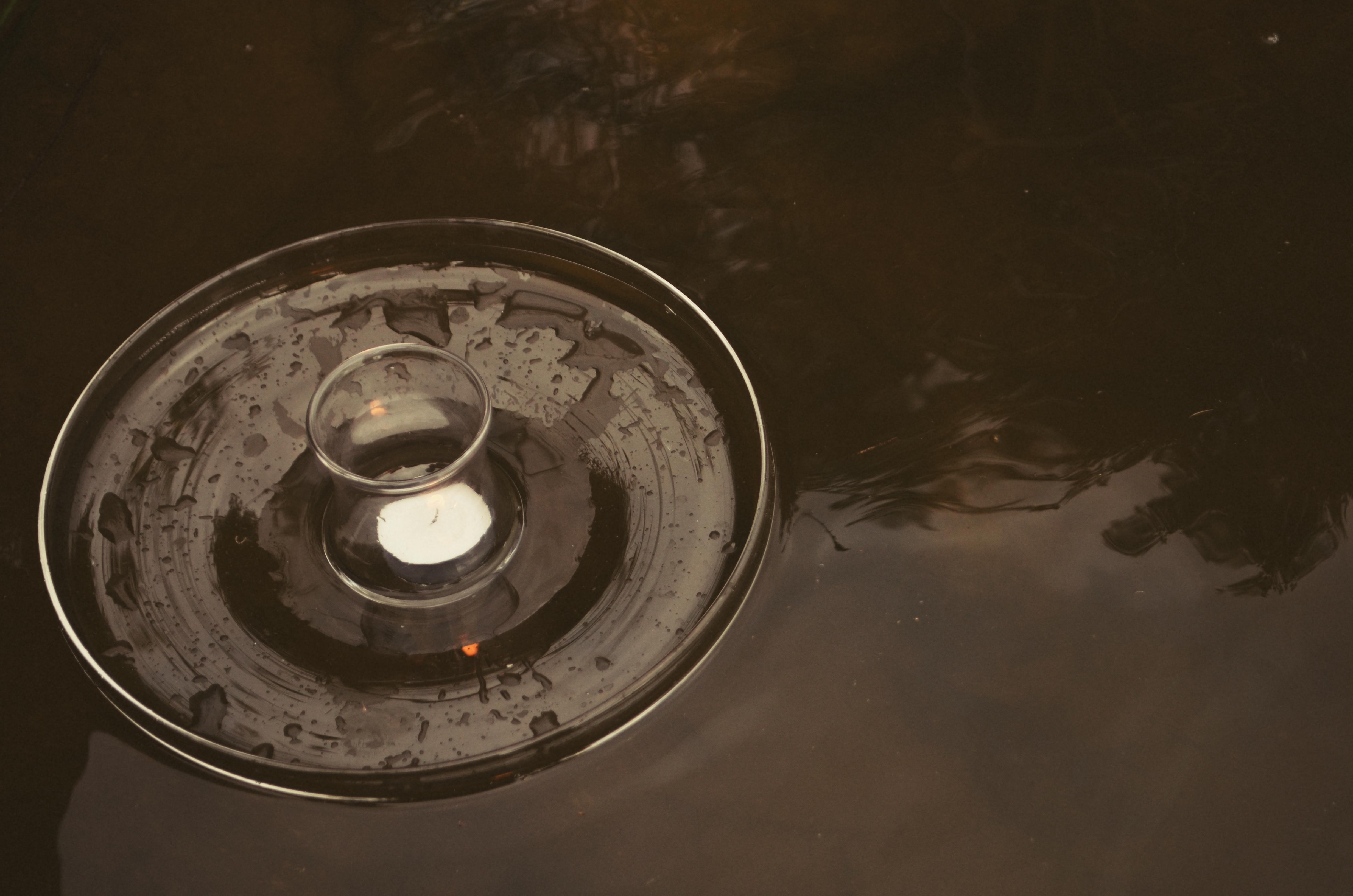
Vessel for the Lake
Antoine Titiere
Communities share events and rituals. I wanted to create an object which can be used for a ritual, like a floating lantern which is at once precious, fragile and simple. I was inspired by the lake at Boisbuchet and thought of floating objects. I thought about the water lily, sea creatures and an artdeco torch and decided to create floating candles. Using glass, I realized they would become invisible on the lake, so I chose to add a flower to provide contrast. I made the object in two parts, with a container and a flower which holds the candle. I imagine a torchlight procession and a community going to the lake at night, with each person putting his lantern on the water, and lighting the flowers. I noticed a few unintended but interesting effects when I tested out the vessel: First, when it is raining, the vessel is reminiscent of a rain drop on the lake when light is reflected on the ripples. Second, when holding the piece while walking, I noticed the piece makes a sound like music. Maybe, when the lake is agitated, this music will appear along with the candle light. The end effect could be that this vessel will give a sound, reflect light, and bring community together in a ritual event.
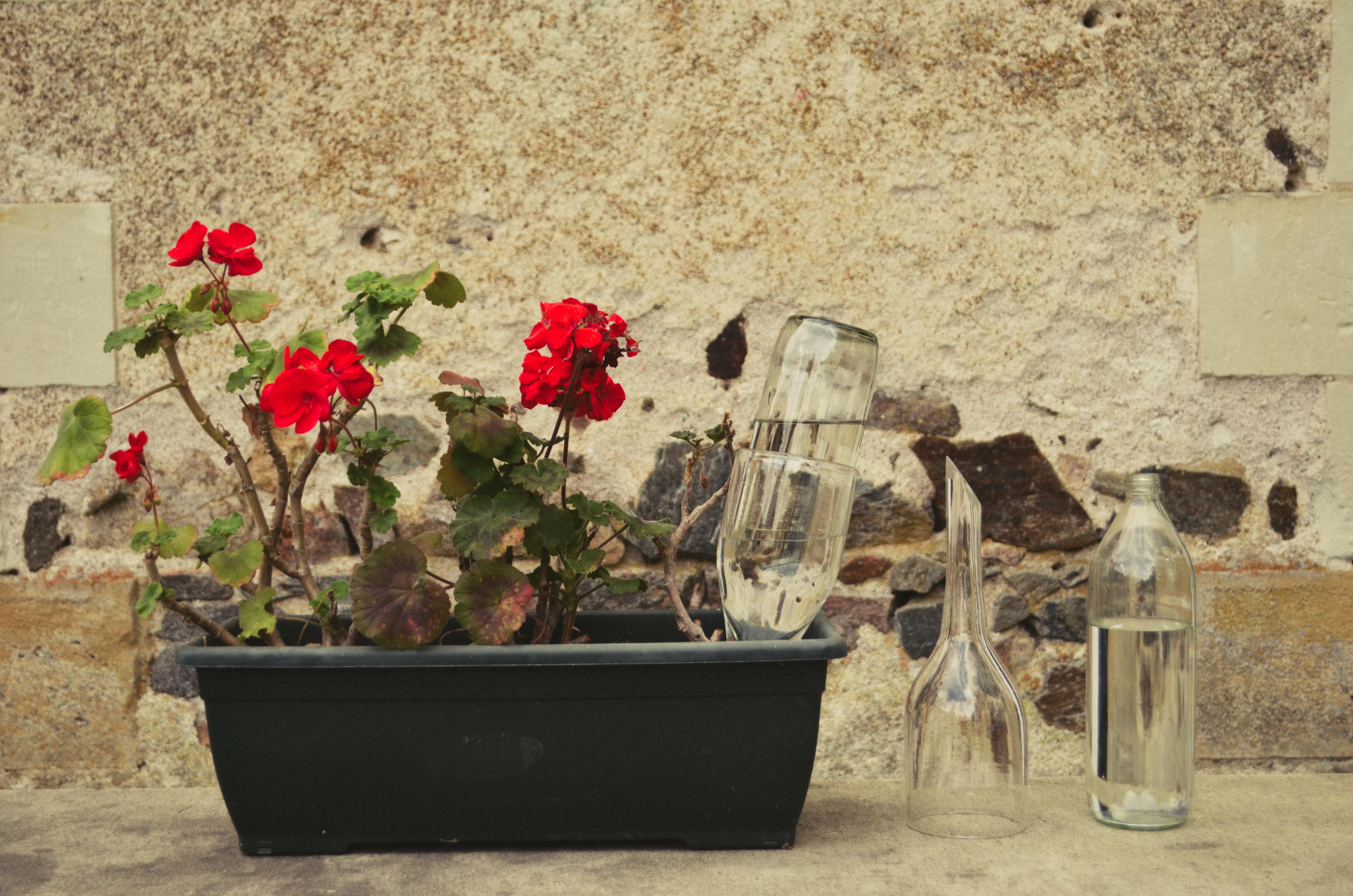
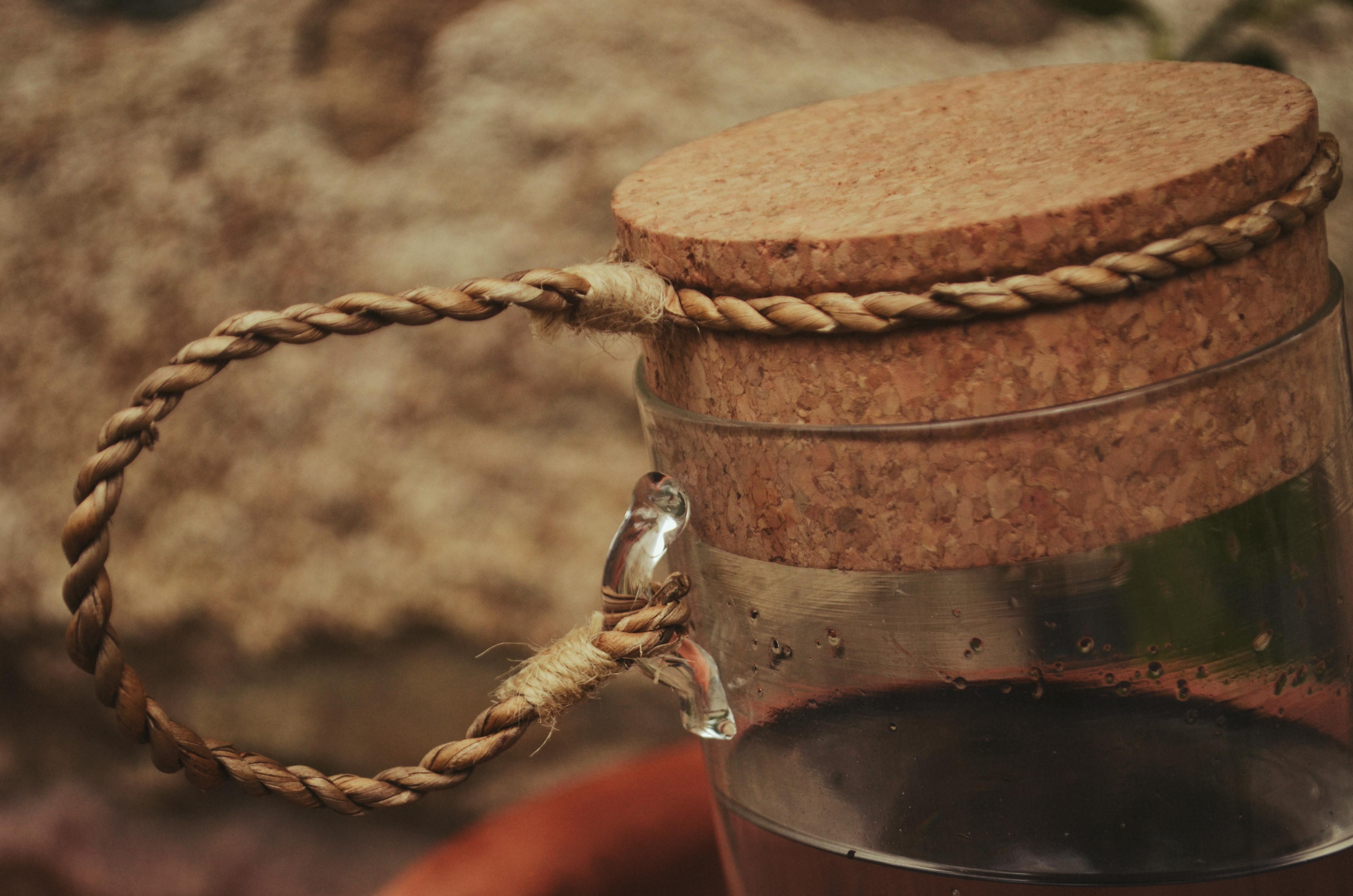
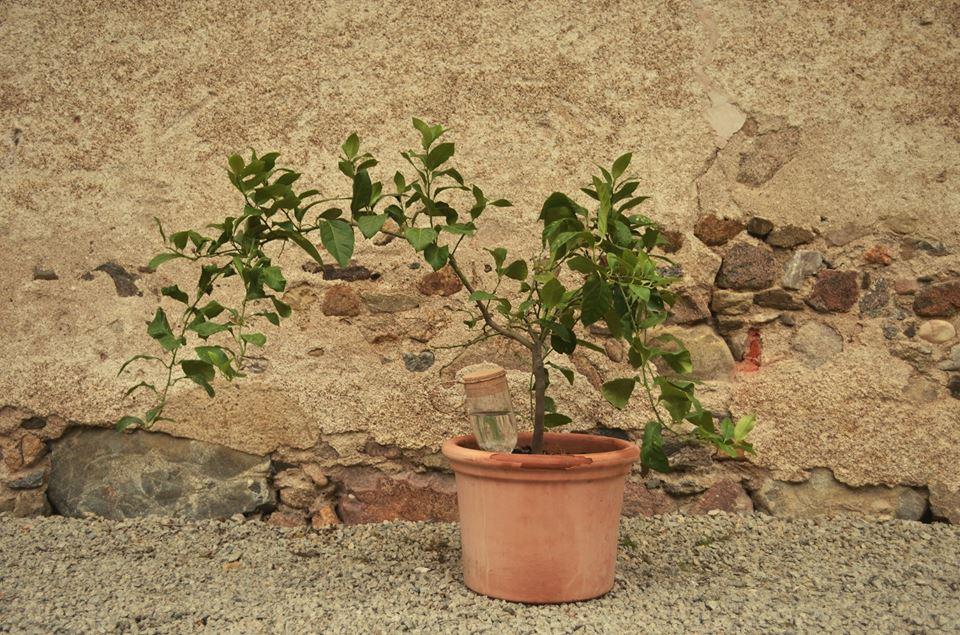
Vessel for Plants
Hadrien Venat
My initial observation around Boisbuchet was the contrast between the natural landscape and the man-made landscape. While nature will often take care of itself, the man-made landscape is in need of man-made interventions to survive. I decided to apply this idea of nature taking care of itself to the man-made landscape by creating a self-watering system for plants. I also wanted to give another application to the ubiquitous Boisbuchet bottle that is already so characteristic of daily life here.Taking care of plants is a daily task for the staff but by using this vessel as a watering system it could become a weekly task. You don’t need another tool (like a hose or watering can), you can just replace the empty bottle. It also gives the opportunity for participants and guests to help out whenever they see an empty bottle. The glass’ transparency makes it the perfect material for the object since it provides a clear view of the water level and it ties in with the existing bottles.




